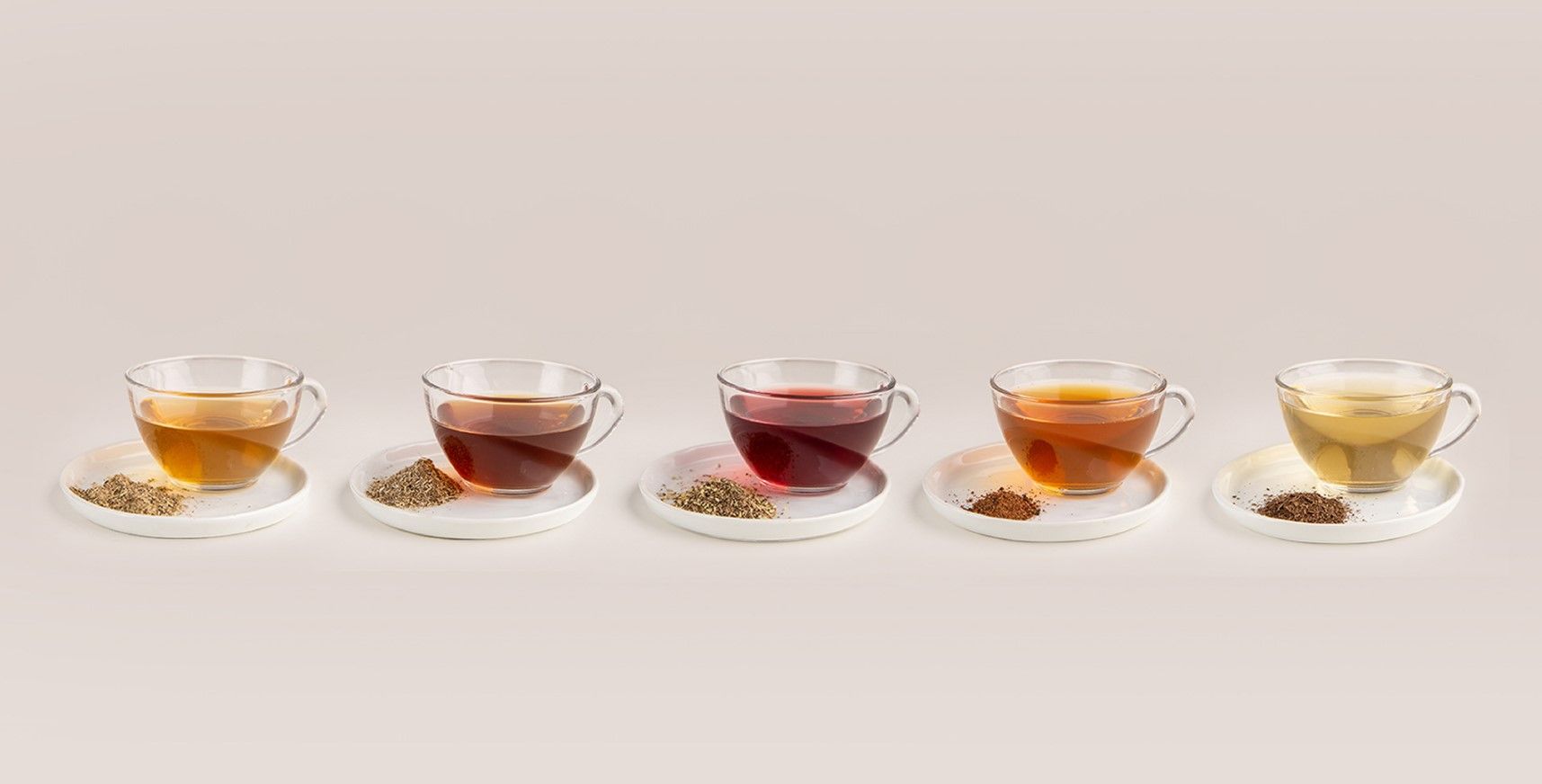Black, green, white, yellow, oolong, puerh: just like the similarly popular coffee, tea also has a thousand faces. It can be invigorating or calming, we can drink it in the morning or before going to sleep, and even during the day to have a few moments of rest. With its centuries-old traditions, tea is not a quick shot that we throw in, or ingest in a single sip the way the Italians do with their espressos in the morning. It’s much more of a ritual, requiring the consumer to slow down and immerse in the moment.
We automatically associate the nice brew made of the once luxurious tealeaves native to Asia with England, and we do so for good reason. Surprisingly the British weren’t the first to jump at the beneficial leaves originating from the tea plantations of the Far East in Europe, but it were the rulers of the island state who made drinking tea a part of their everyday ritual.
The 5 o’clock tea popular since the 1840s not only included sipping the tea with some milk: those participating in such a séance could experience a very rich spread. Cake, butter cookies, sandwich bites and scones were placed next to the elegant porcelain cups, at least on the tables of nobility.
Today, tea isn’t a luxury item any more, and on top, owing to the filter packaging, the process of making it also became much easier. It doesn’t matter which type of pack we choose, the packaging can help us decide whether we would like to reward ourselves with pure and neutral or with full-bodied, fruity and juicy flavors. Vibrant, multi-colored or subdued, minimalist style packages and bags compete with each other for the customers’ favors. Tea round-up from China to Brazil.
Kitti Mayer
design theorist
Zuno Tea | Packaging | São Paulo, Brazil
Gustavo Souza
Odecraft Studio
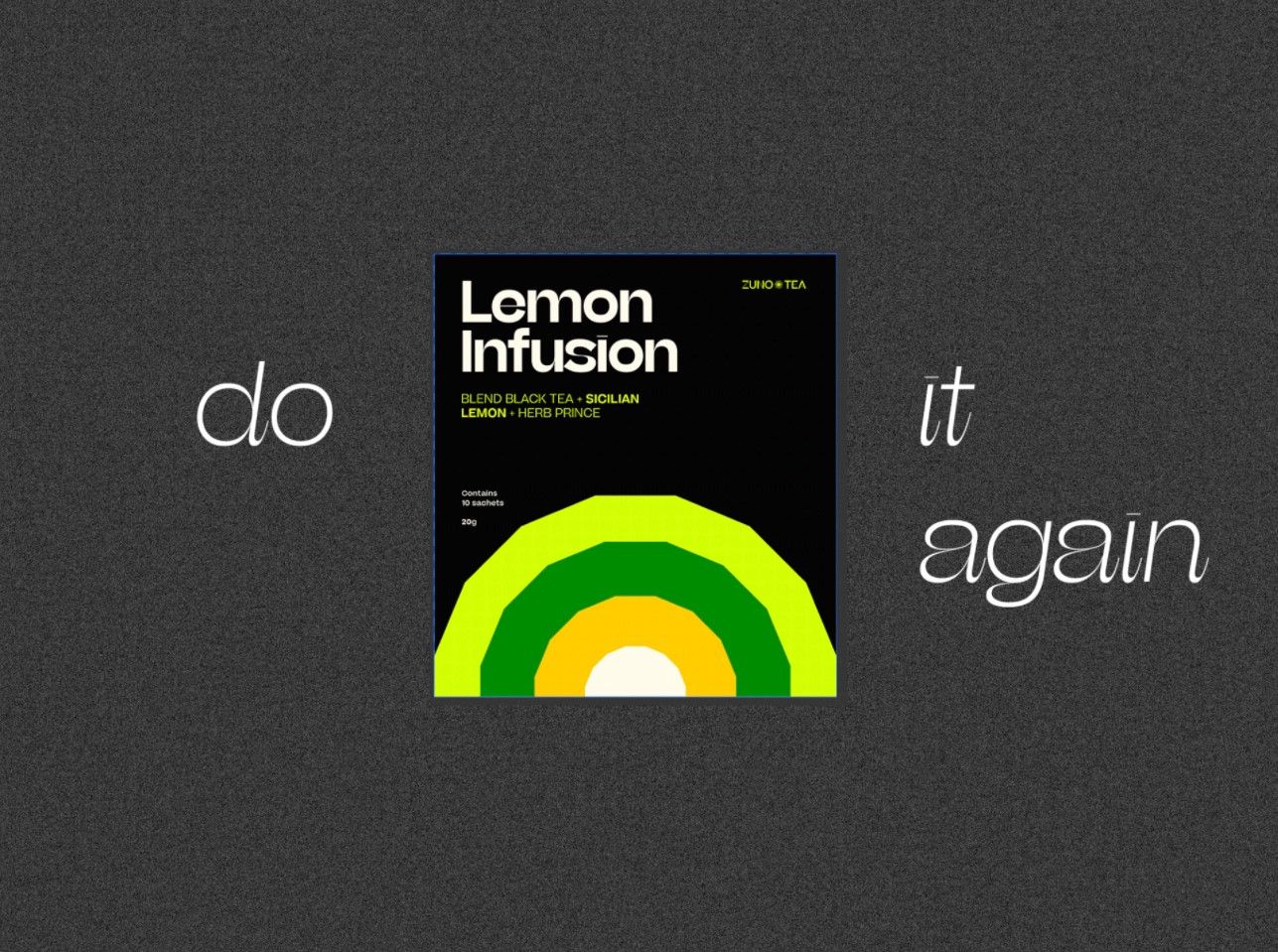

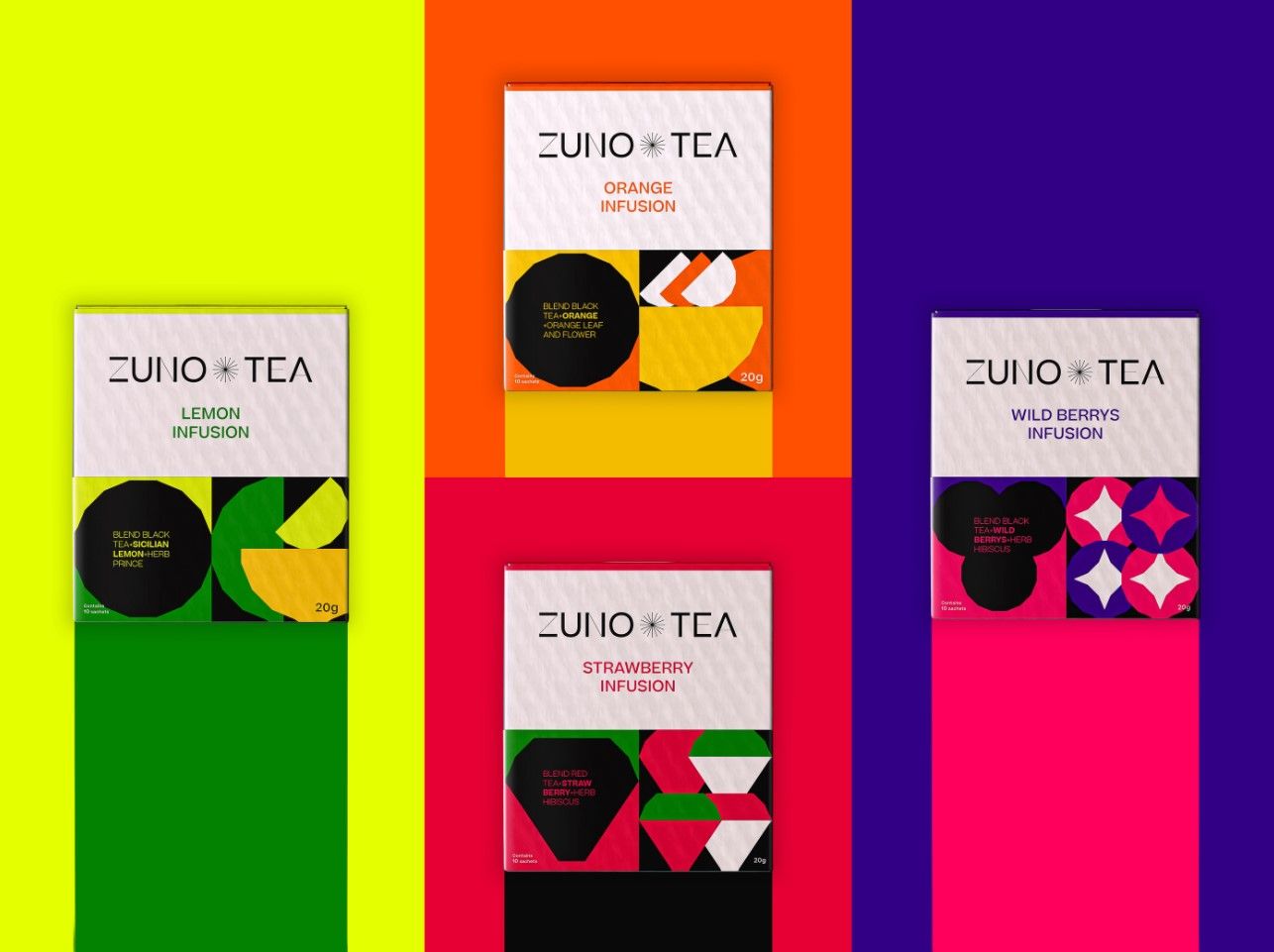
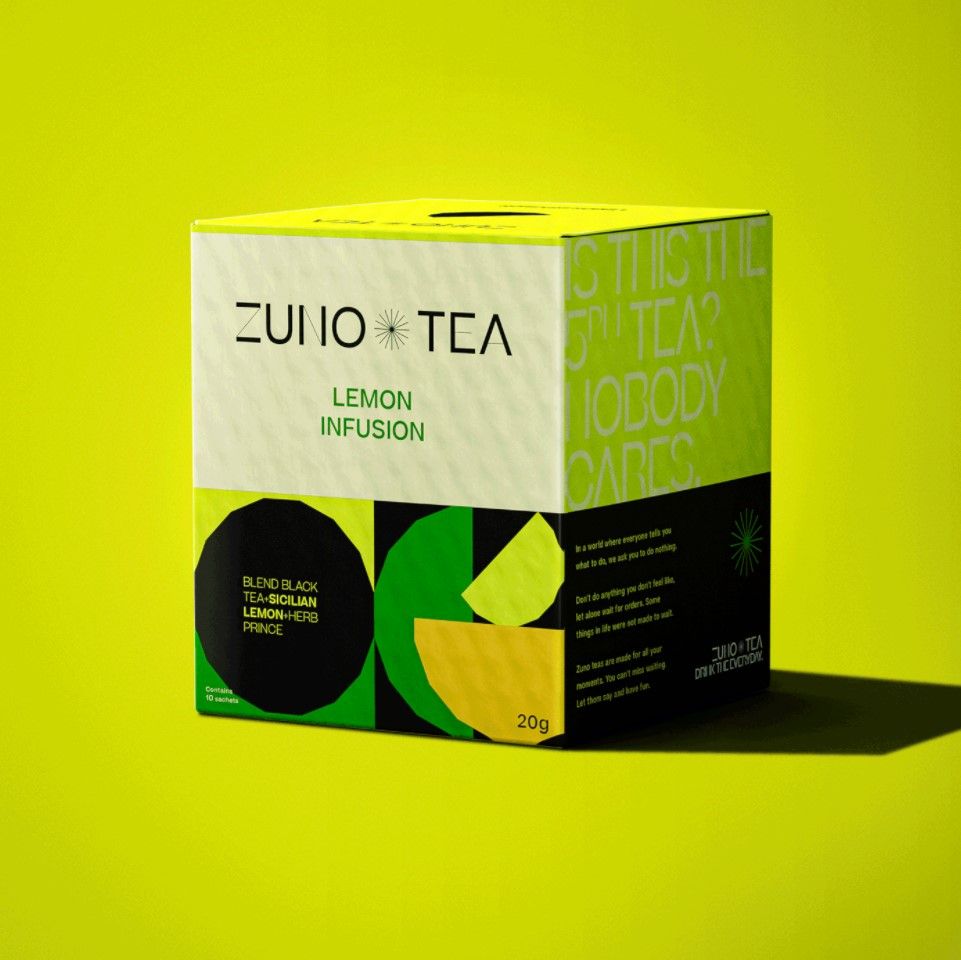
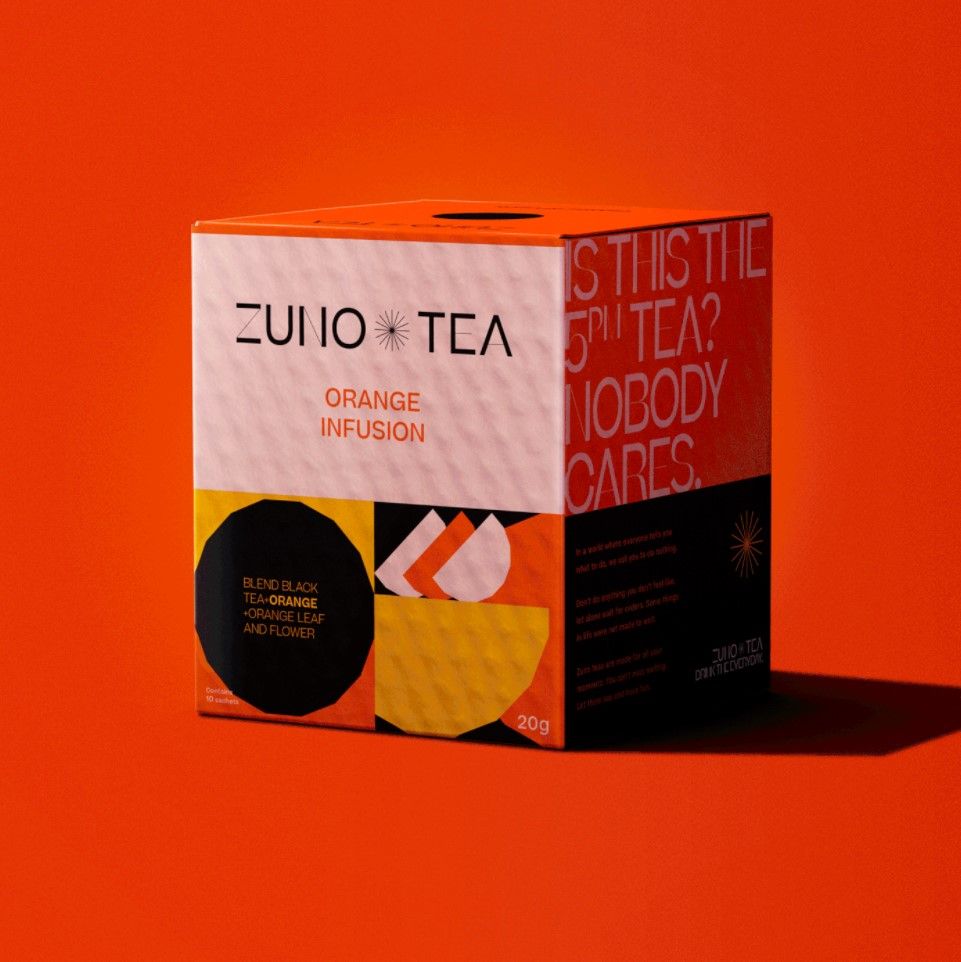
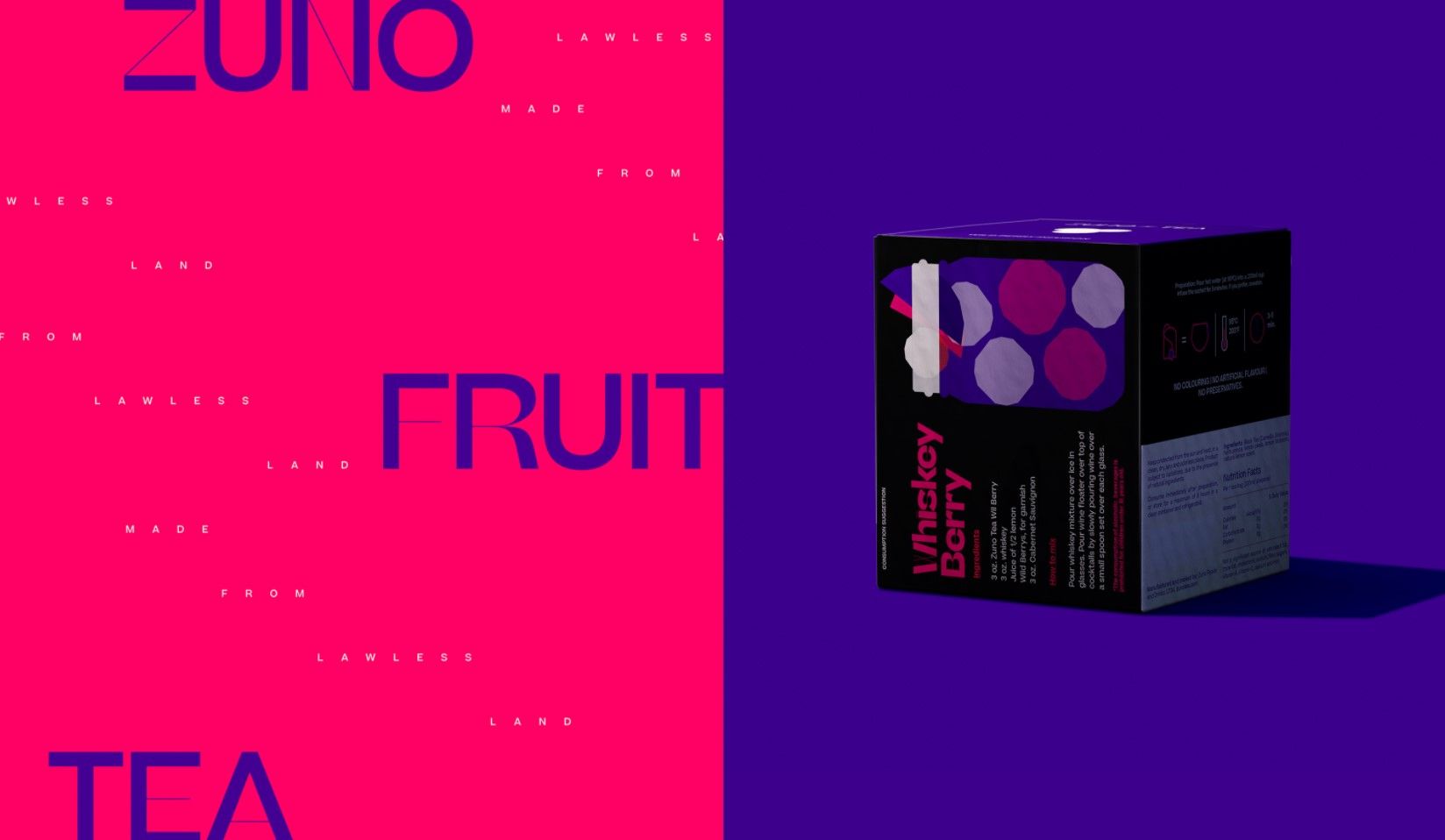
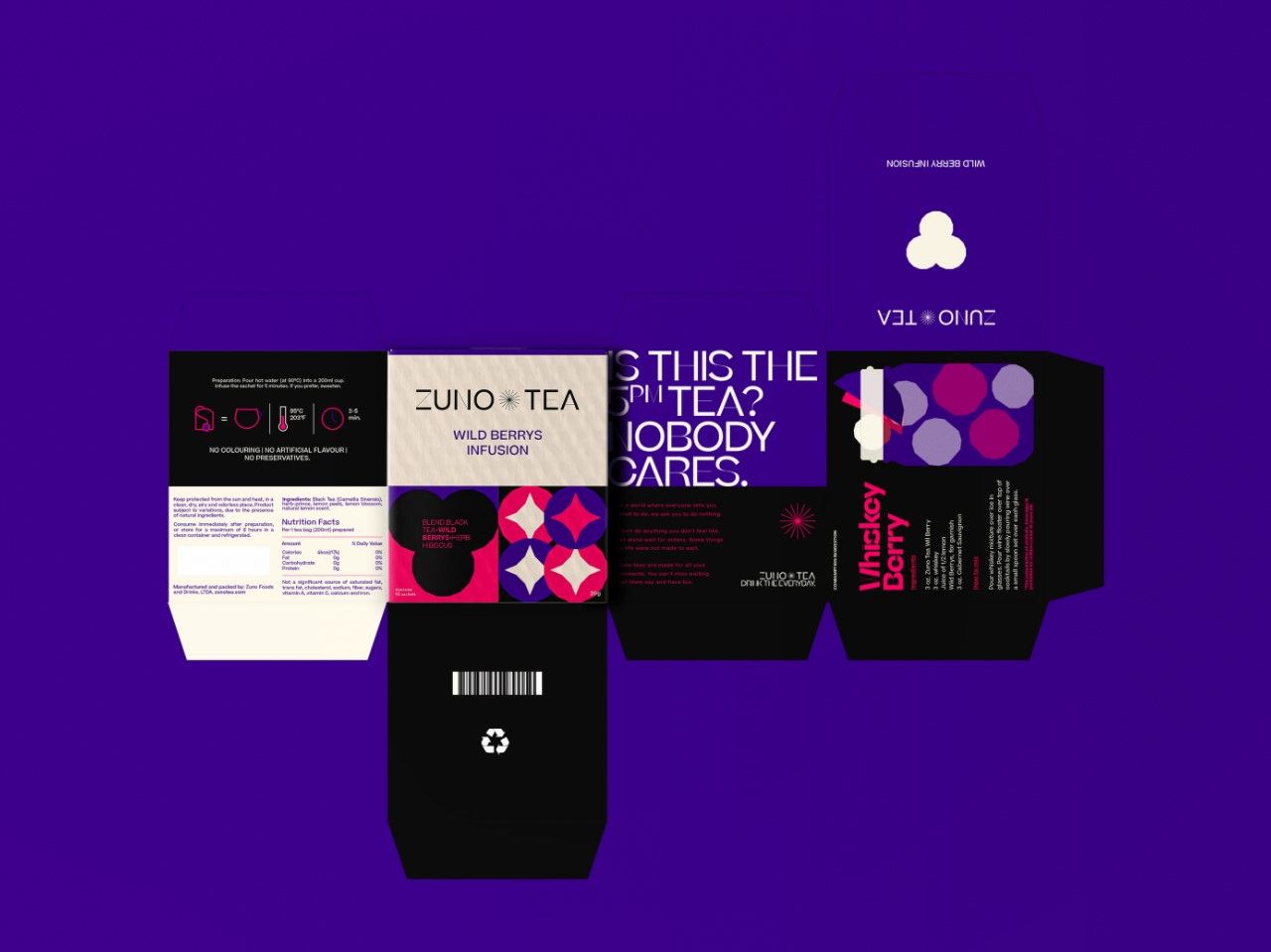
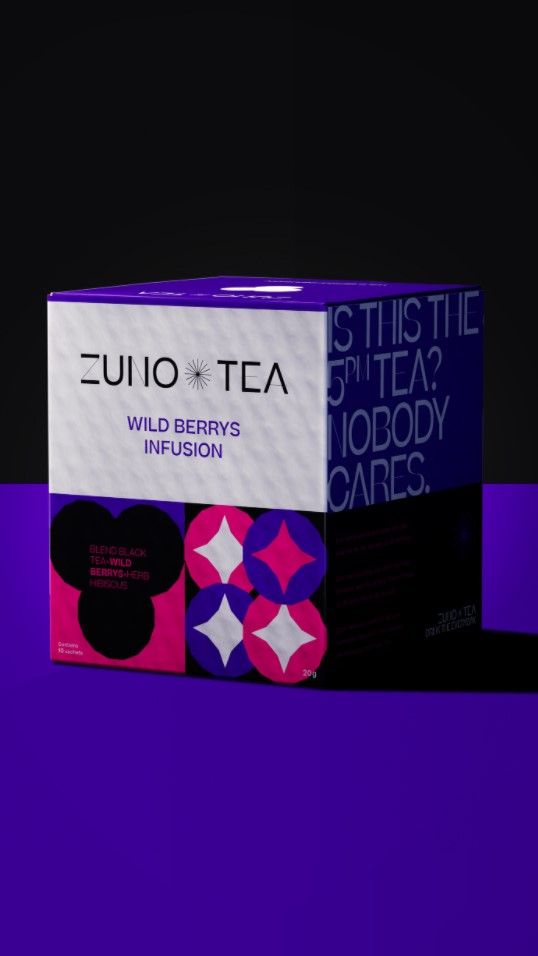
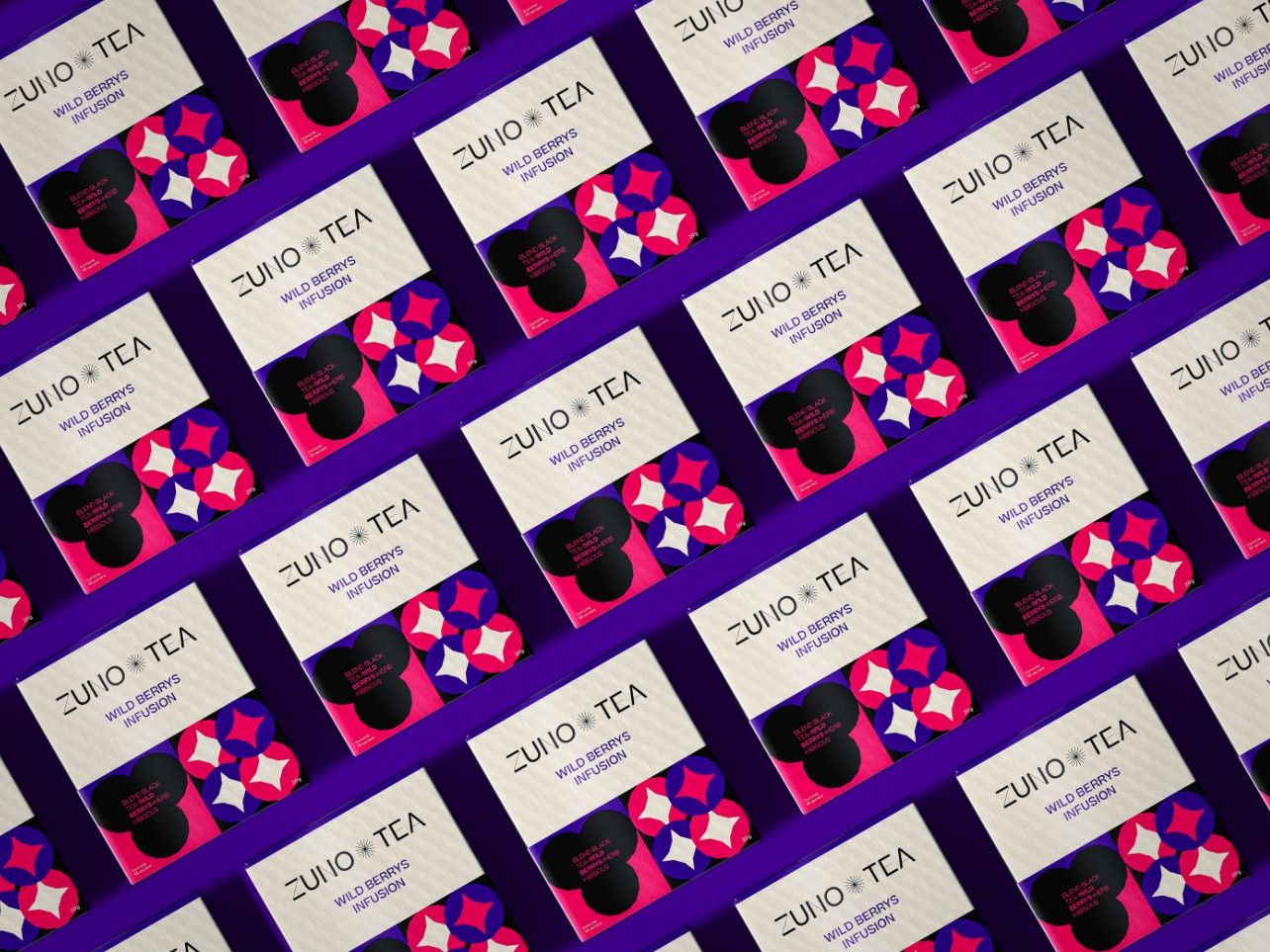


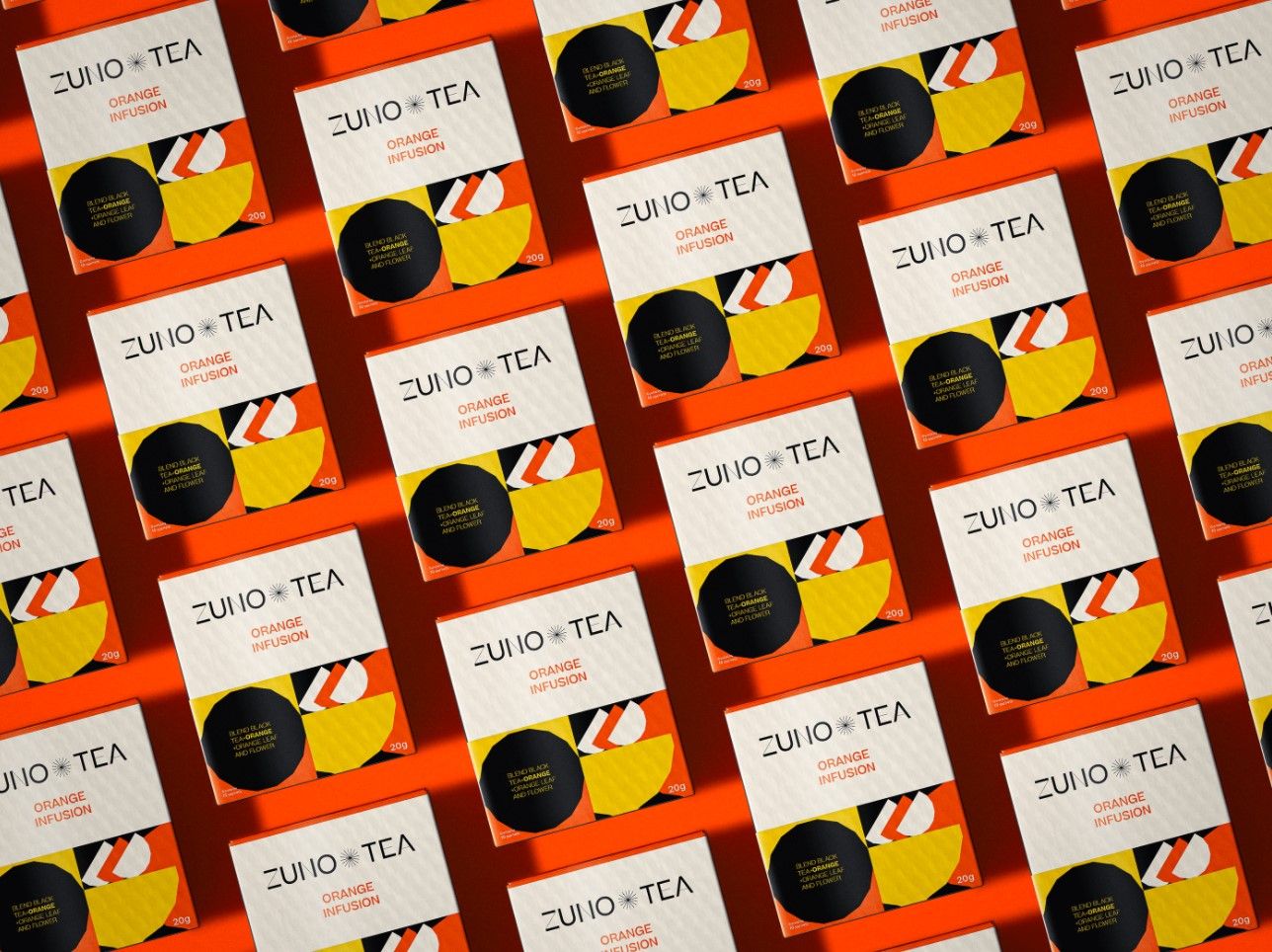
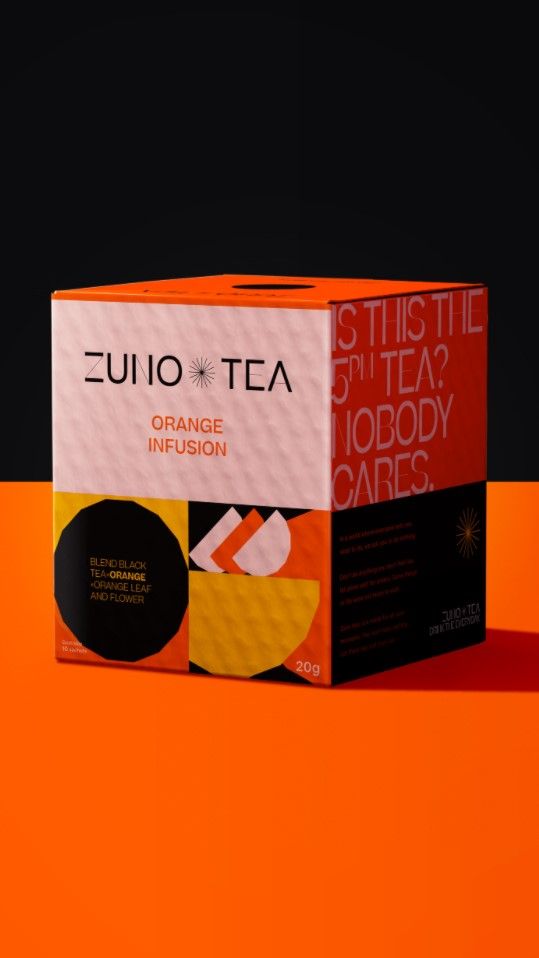
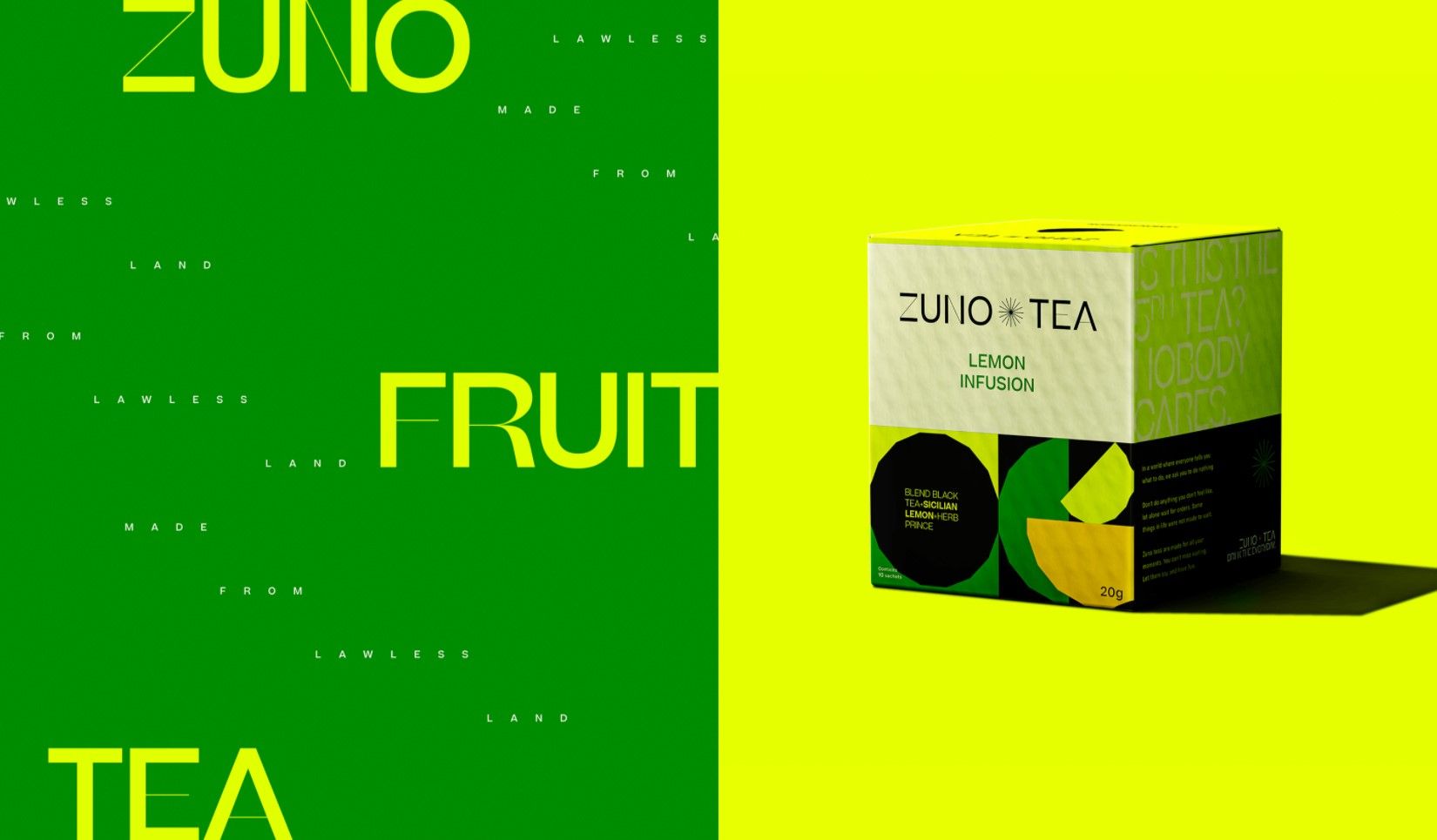
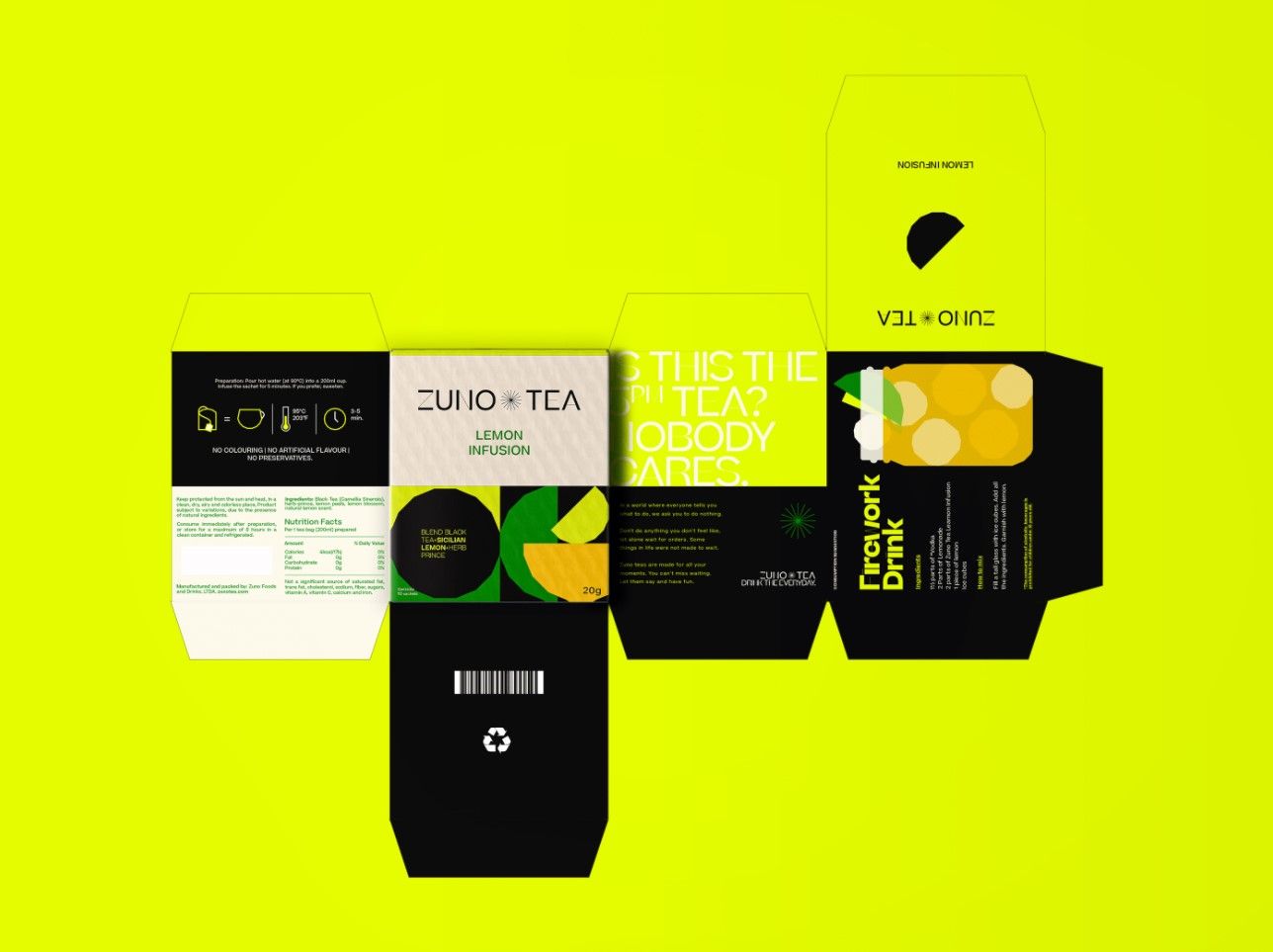
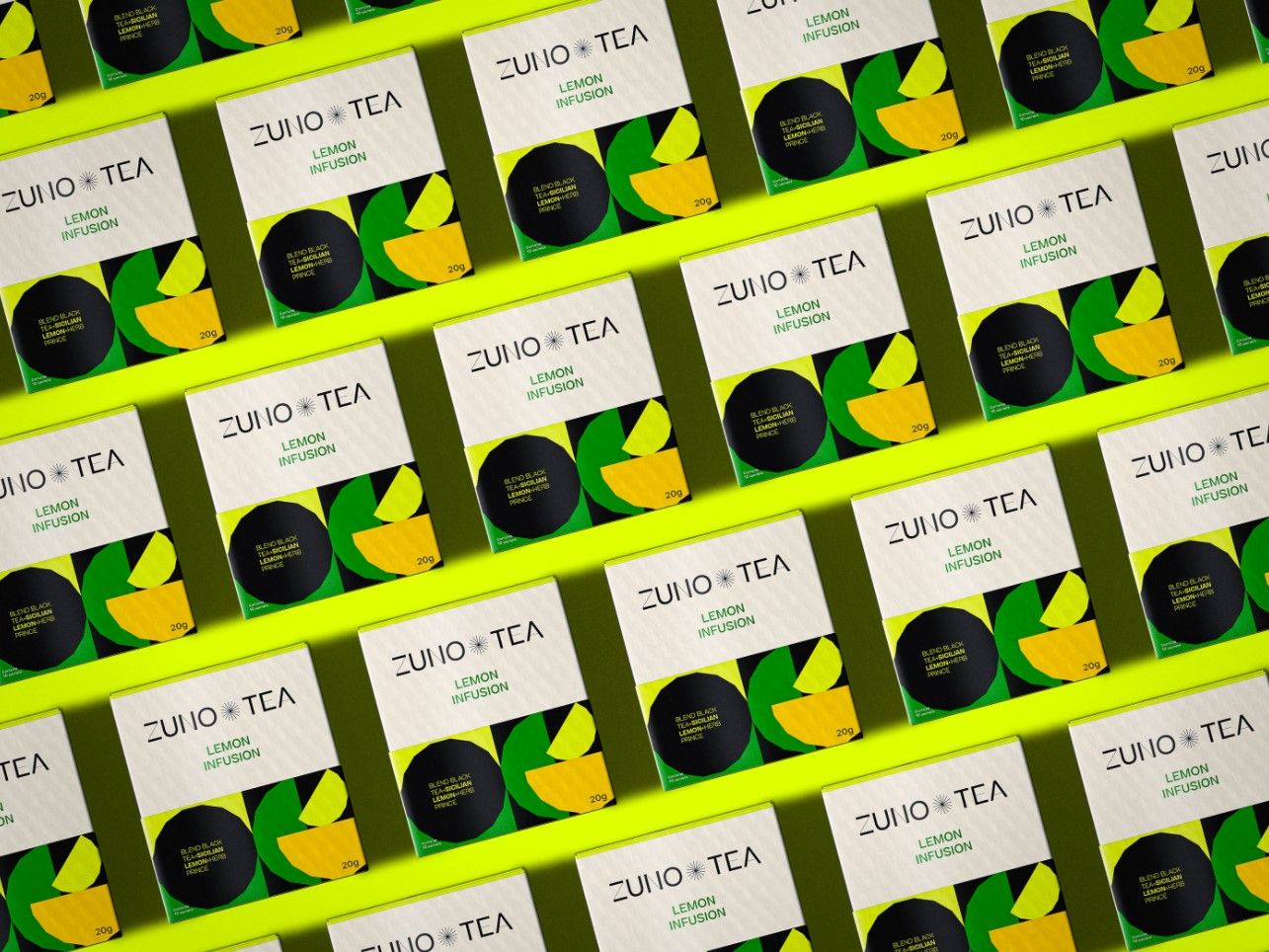
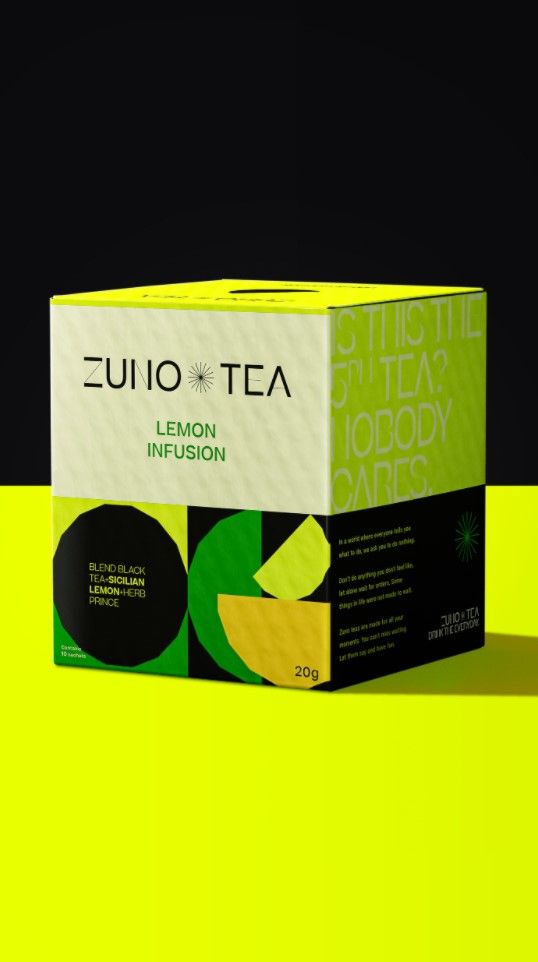
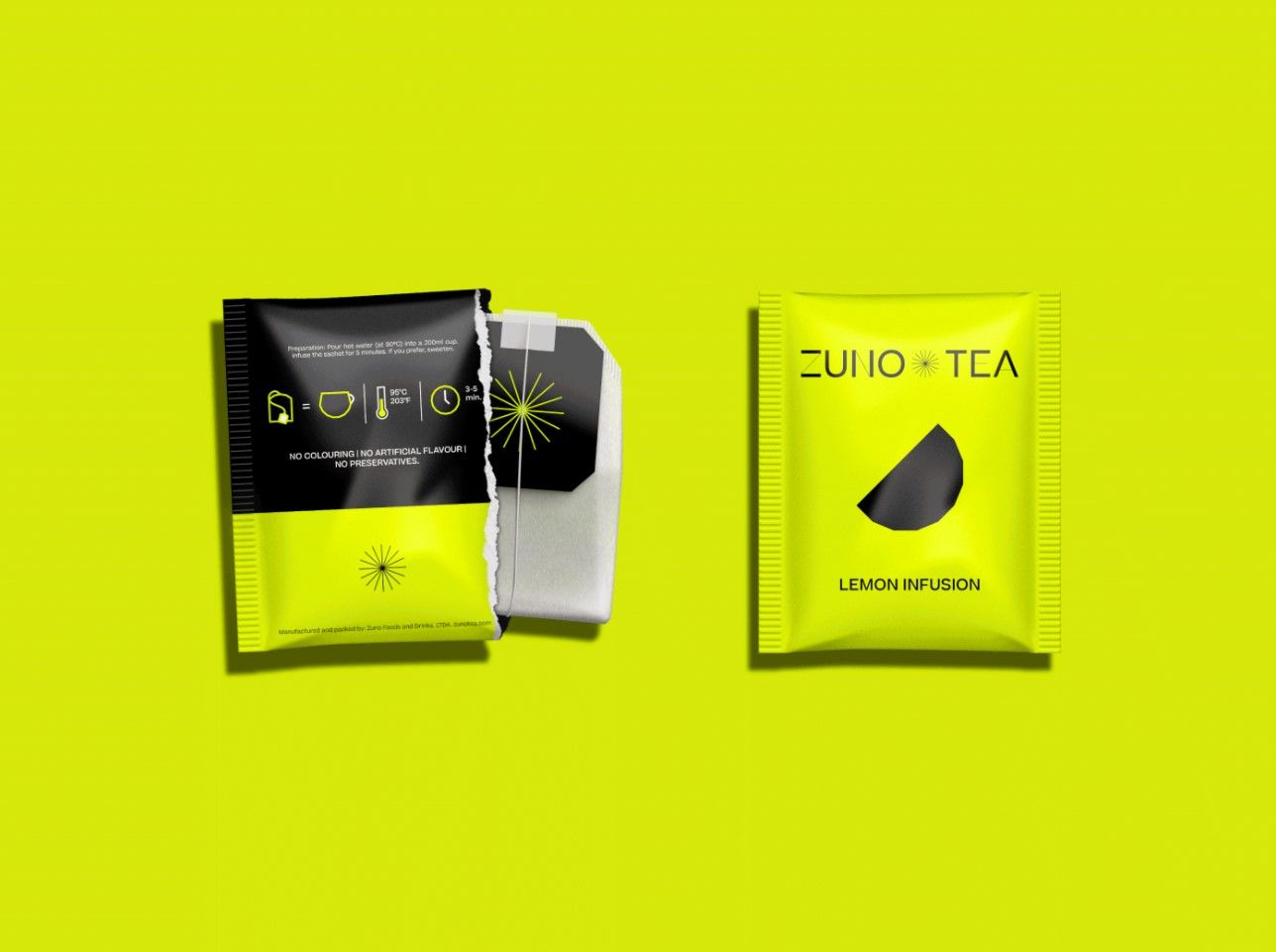
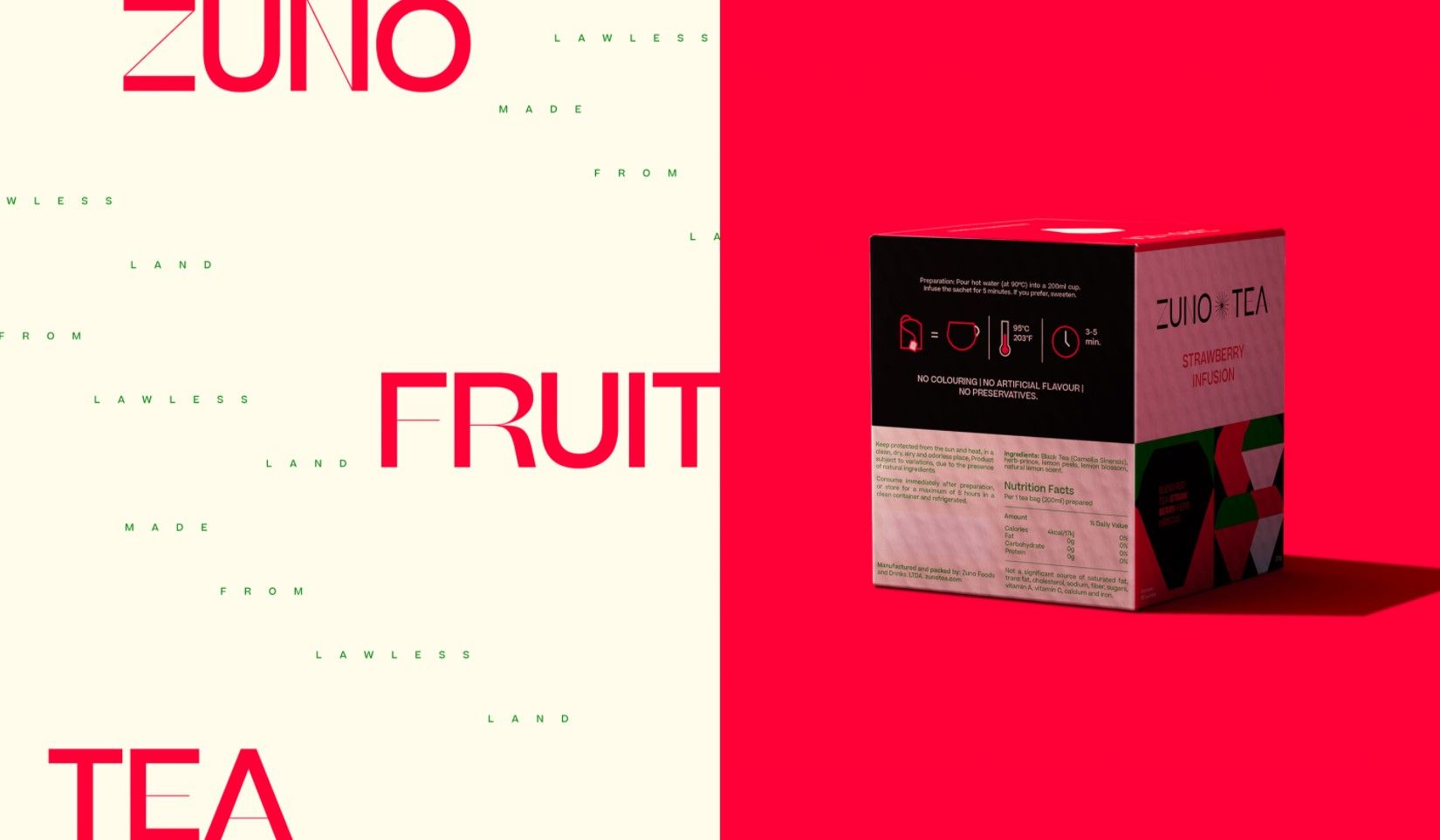
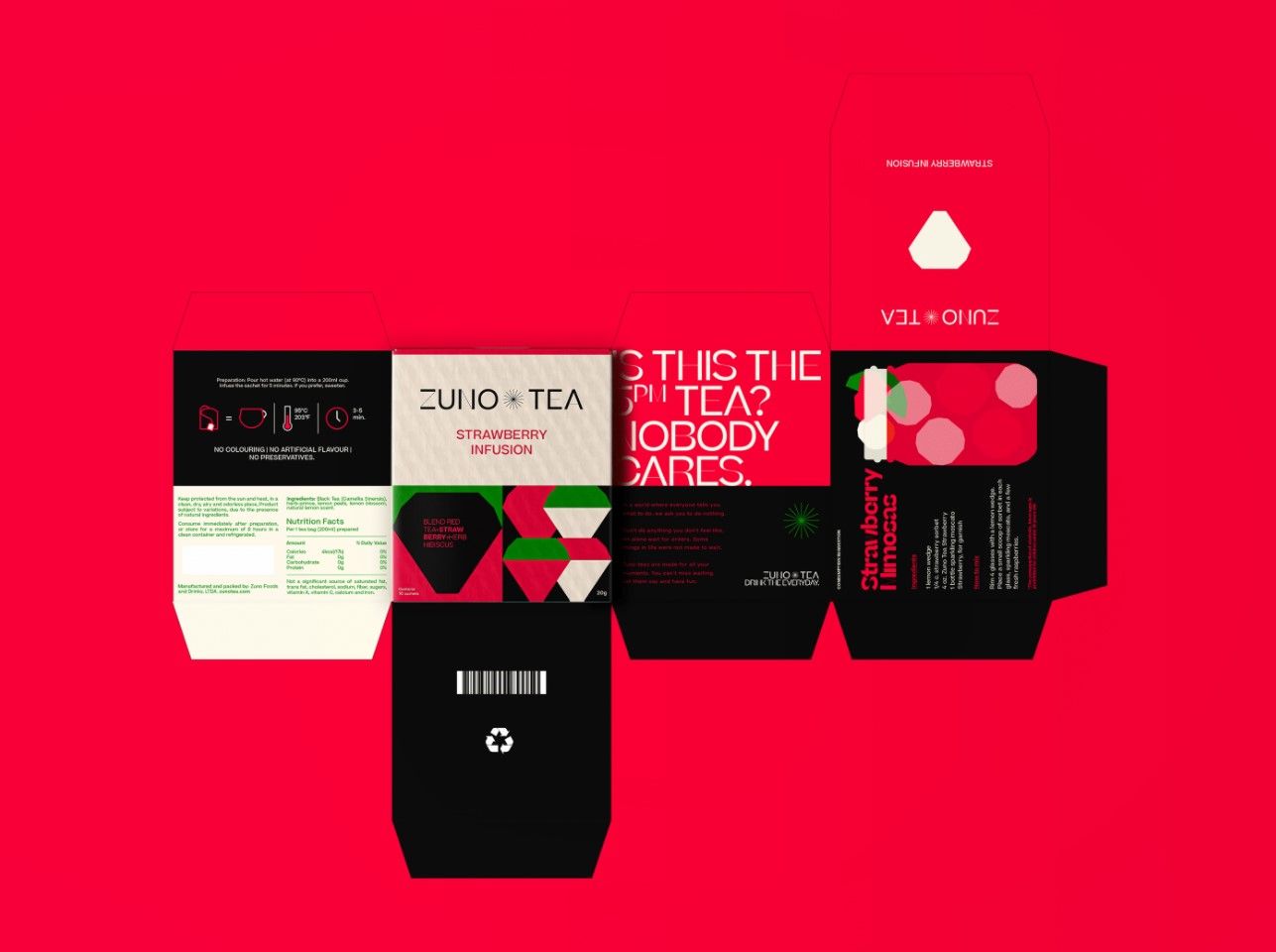
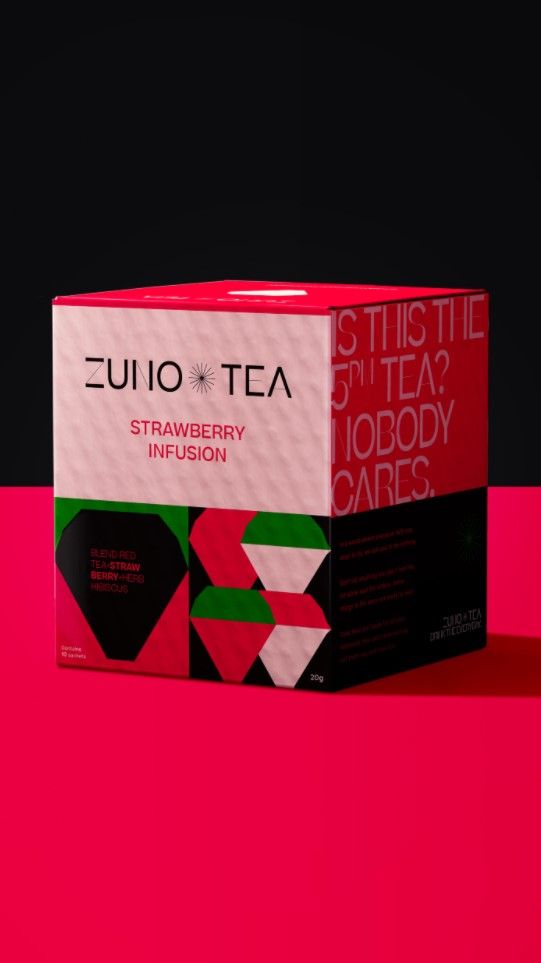
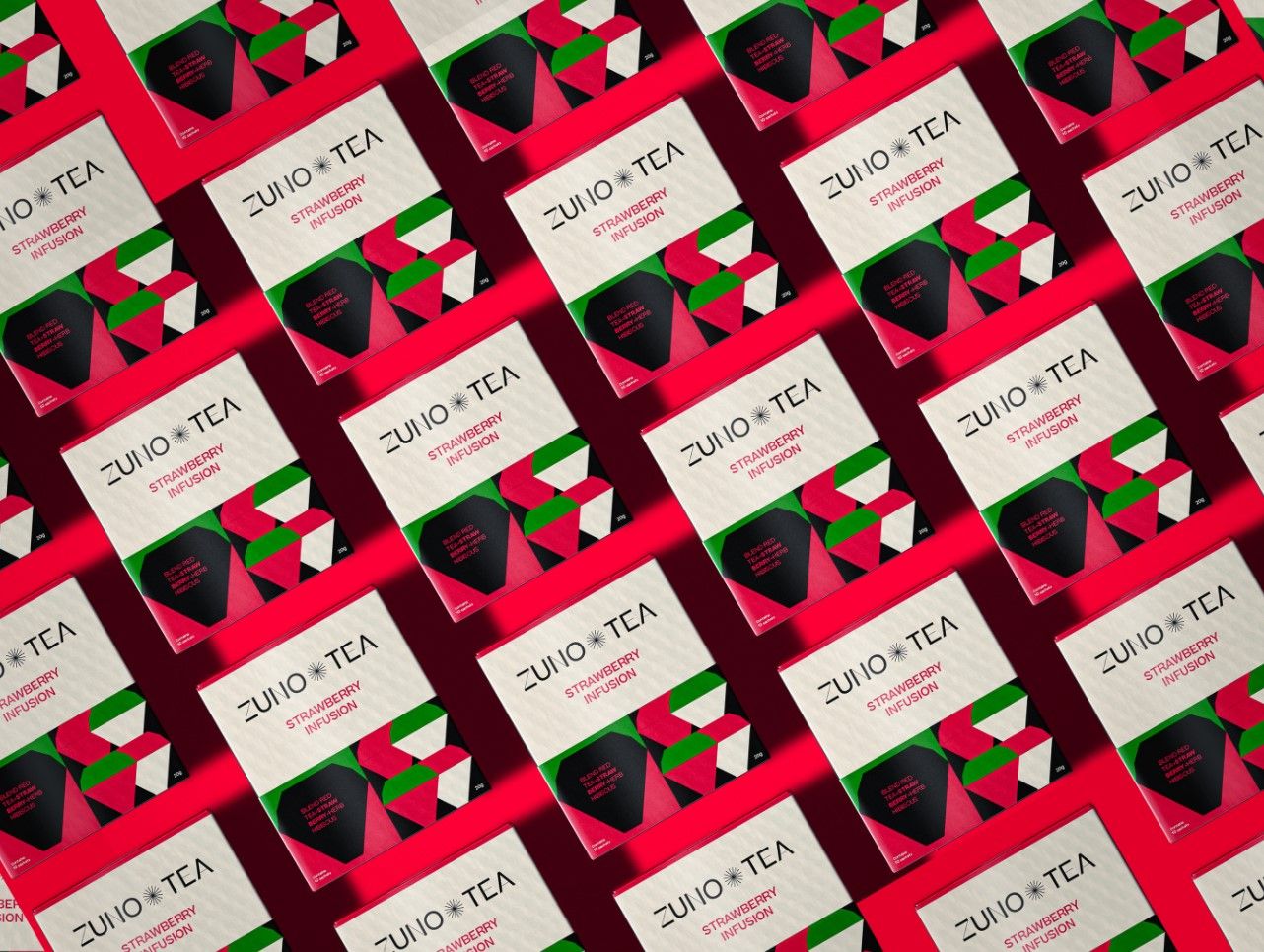


Herbal Tea Packaging | San José, Costa Rica
Irene Arteaga


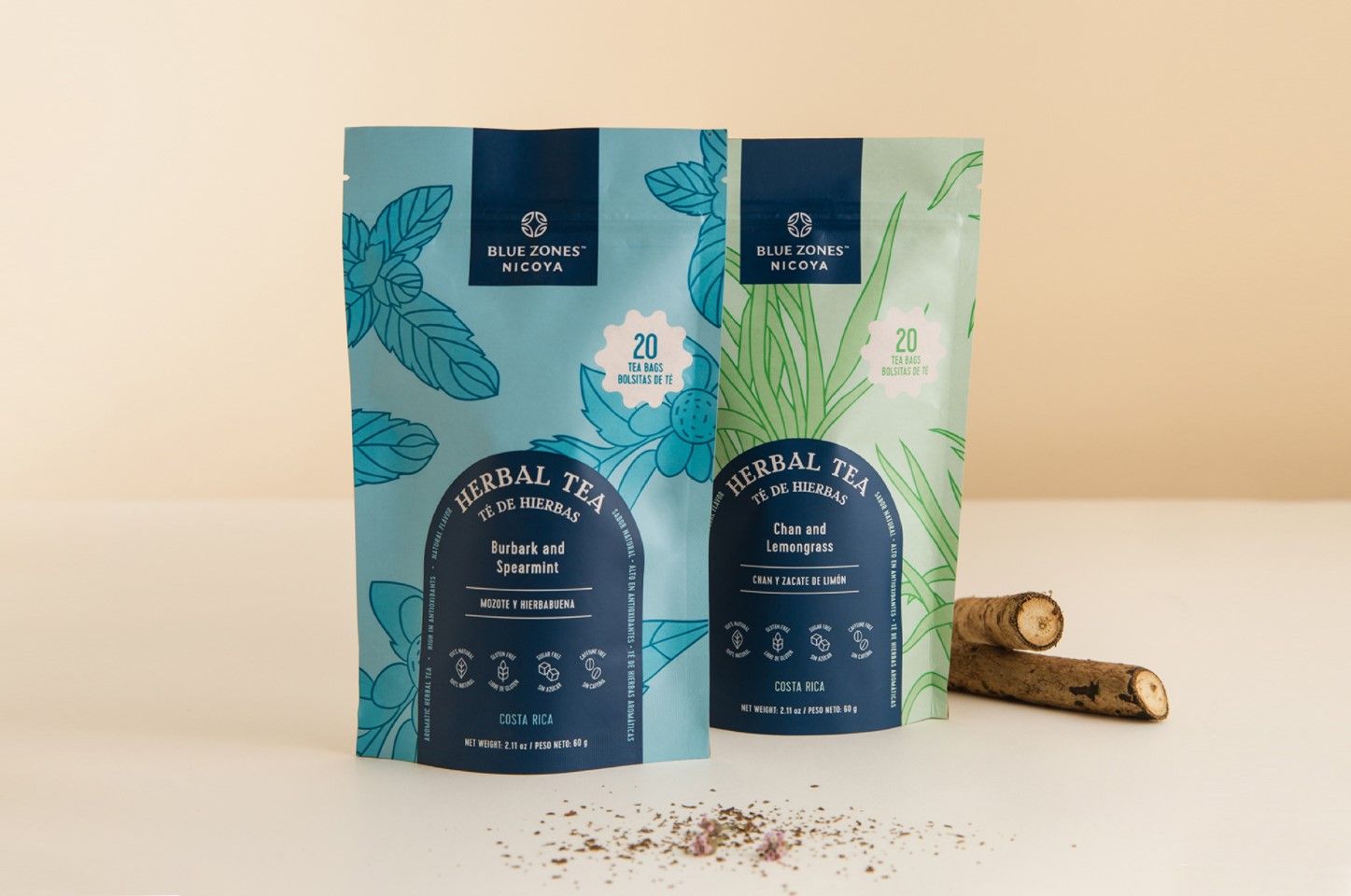
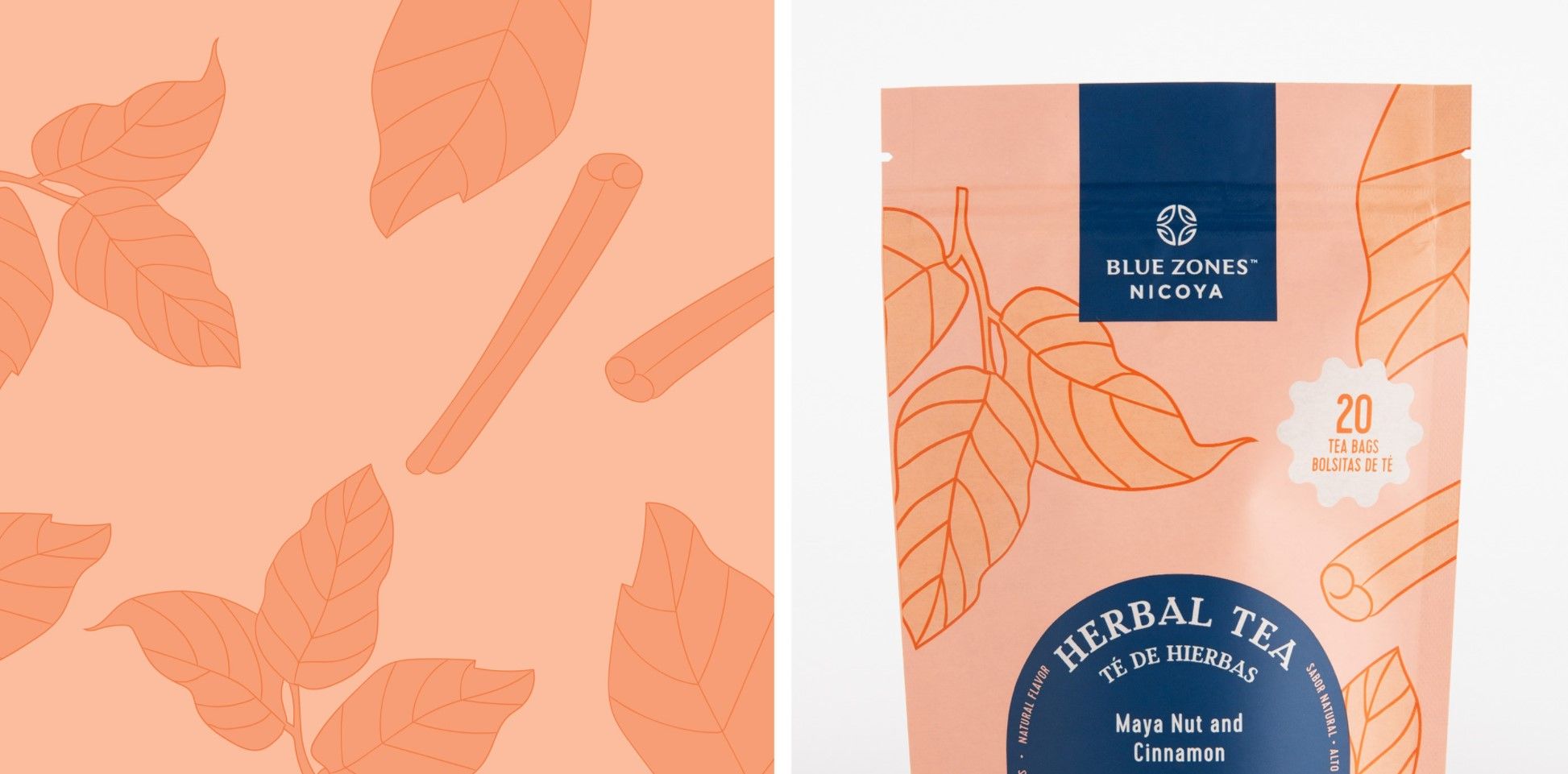
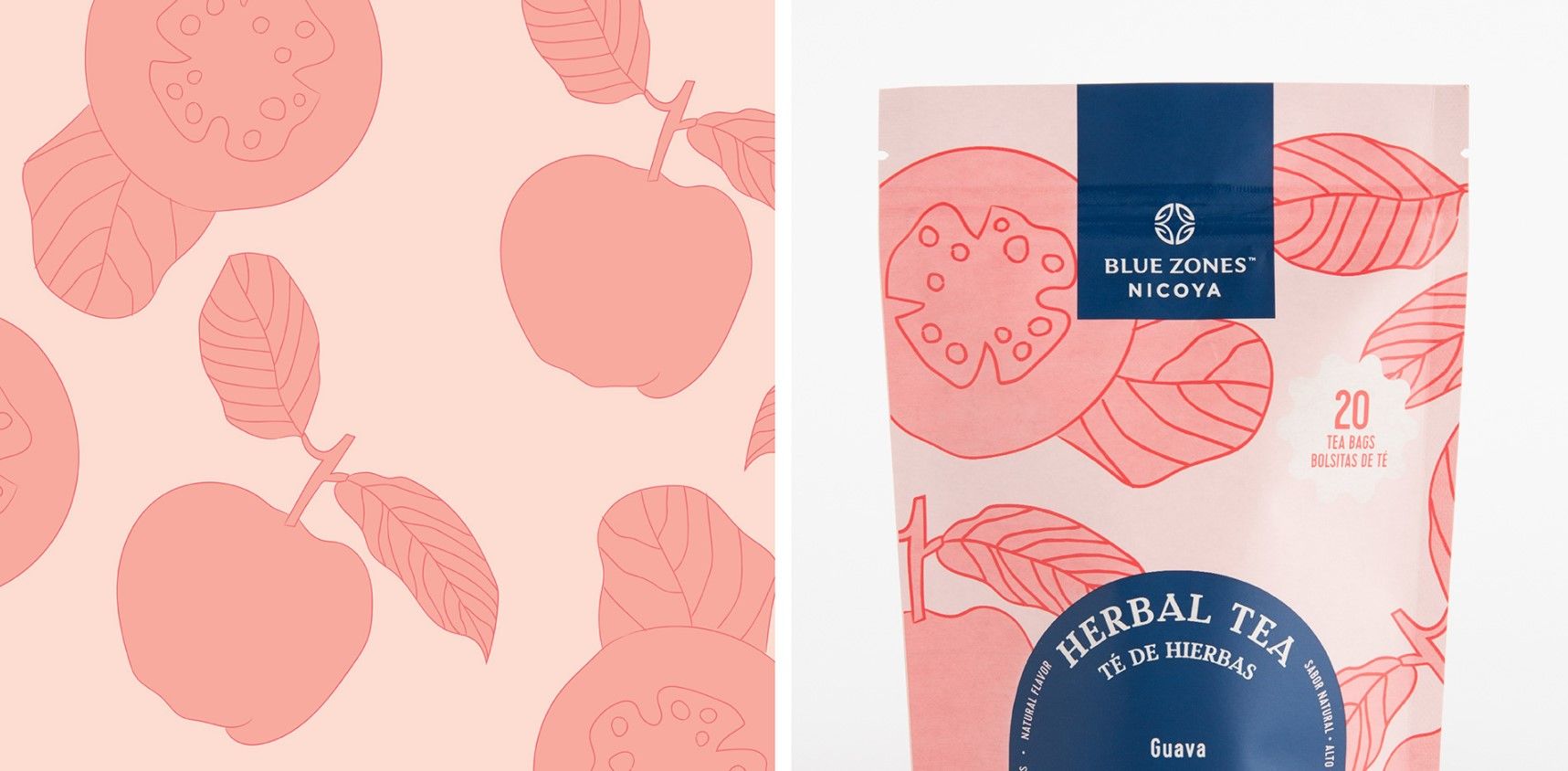
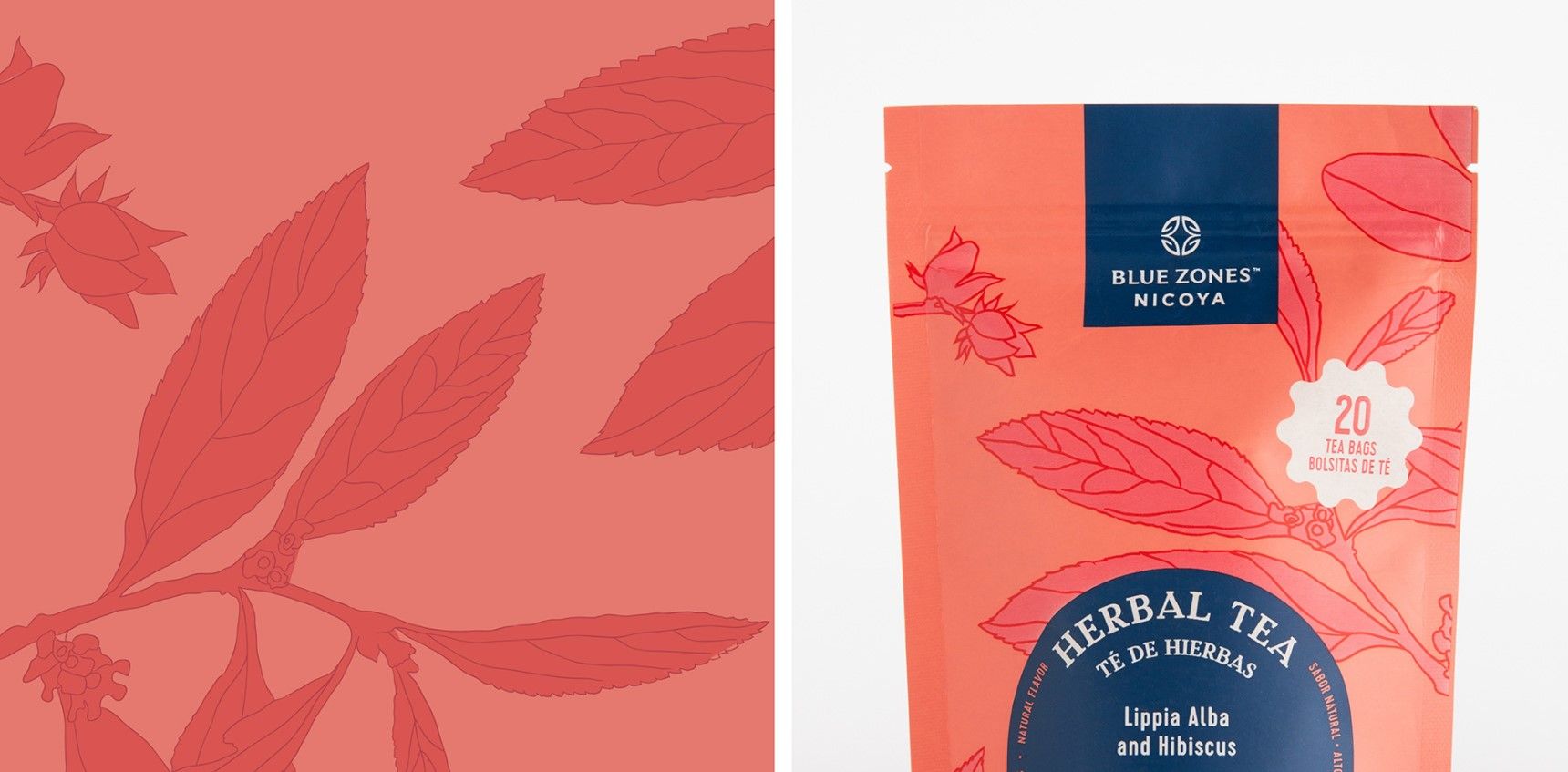
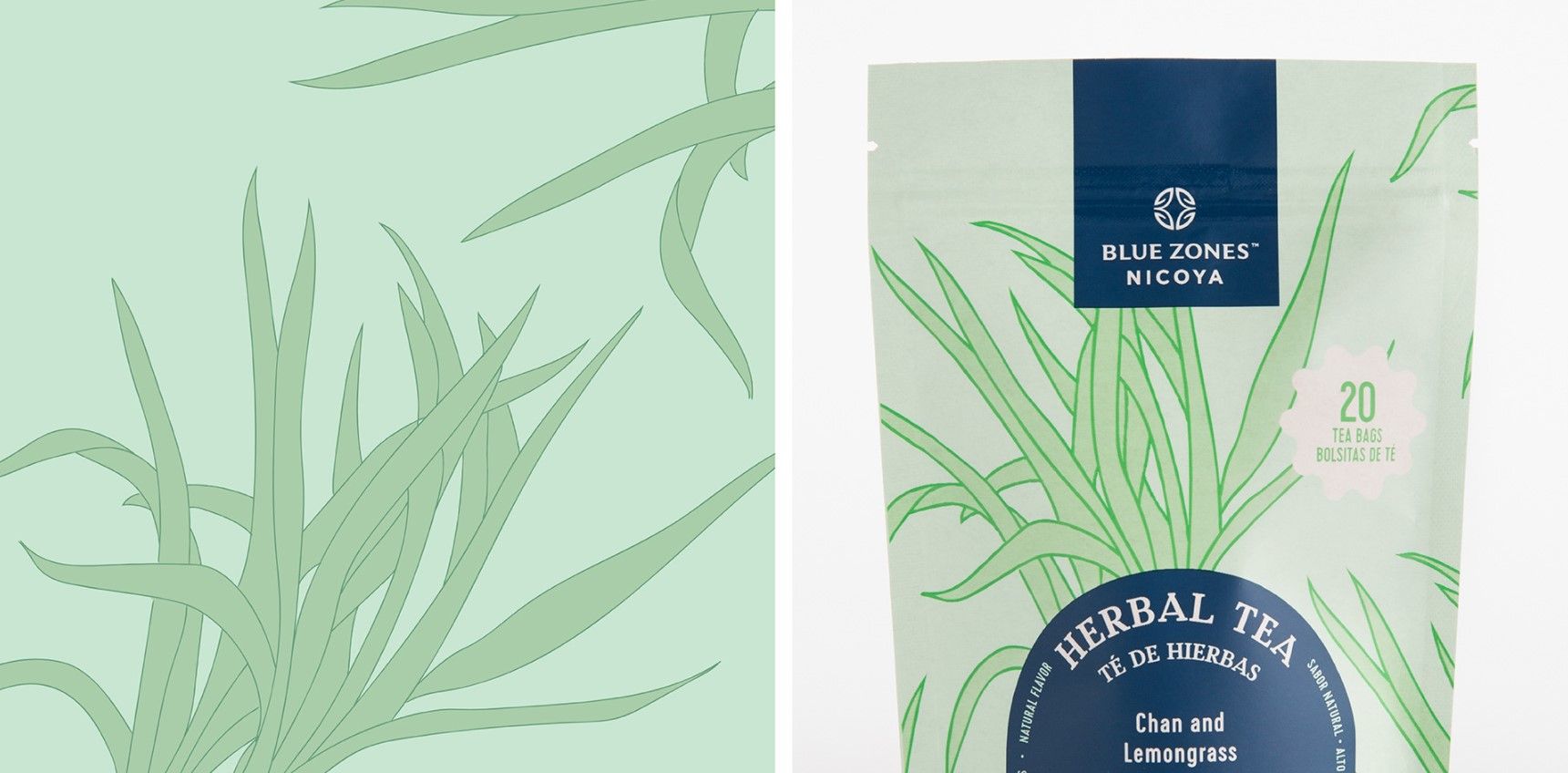
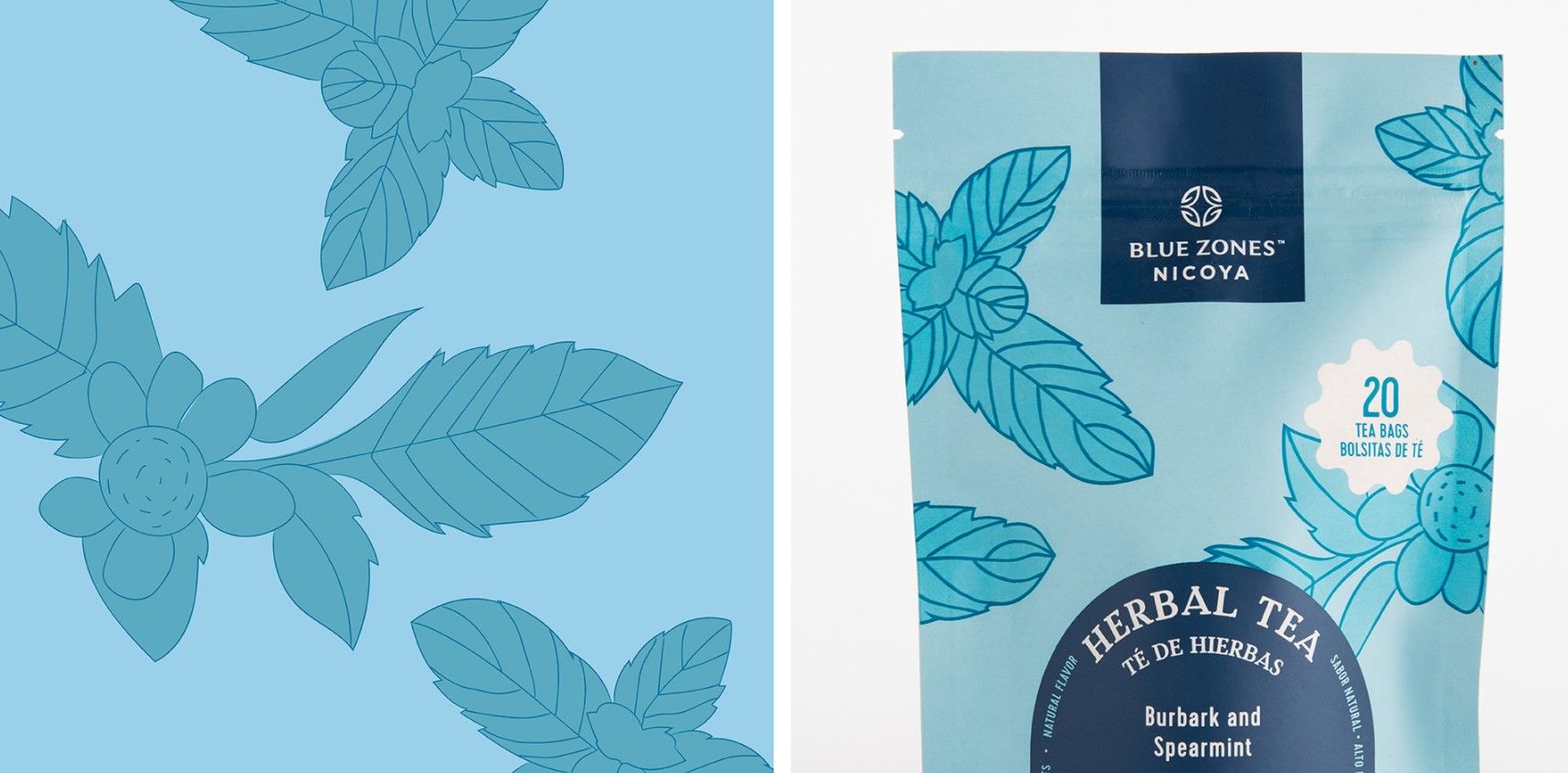
Buckwheat Tea | Odessa, Ukraine
Luda Korneva


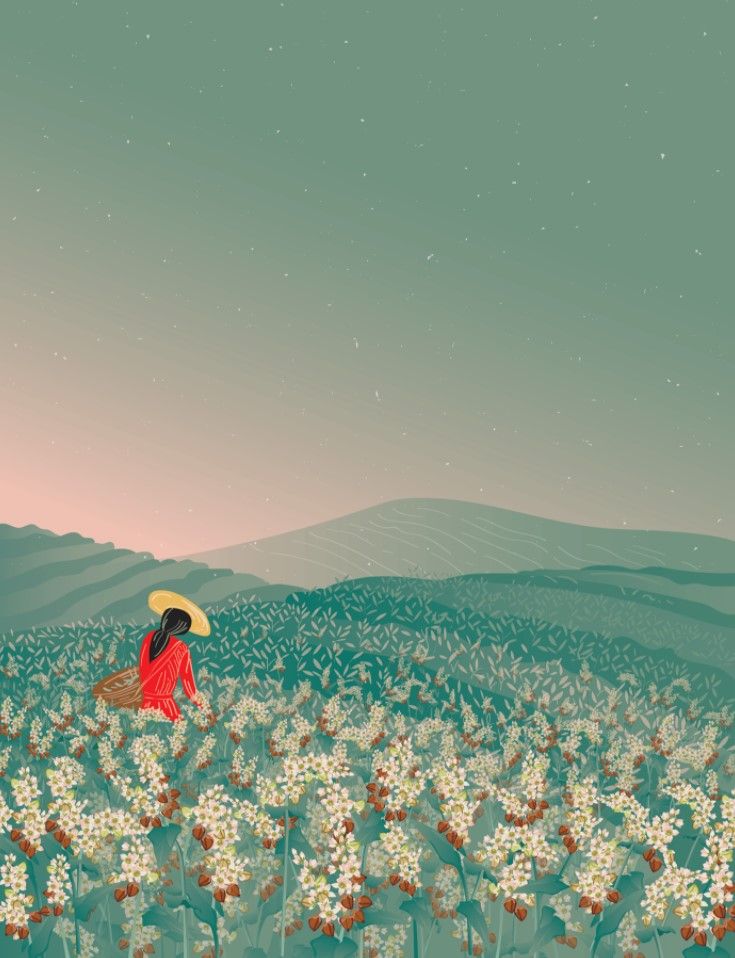
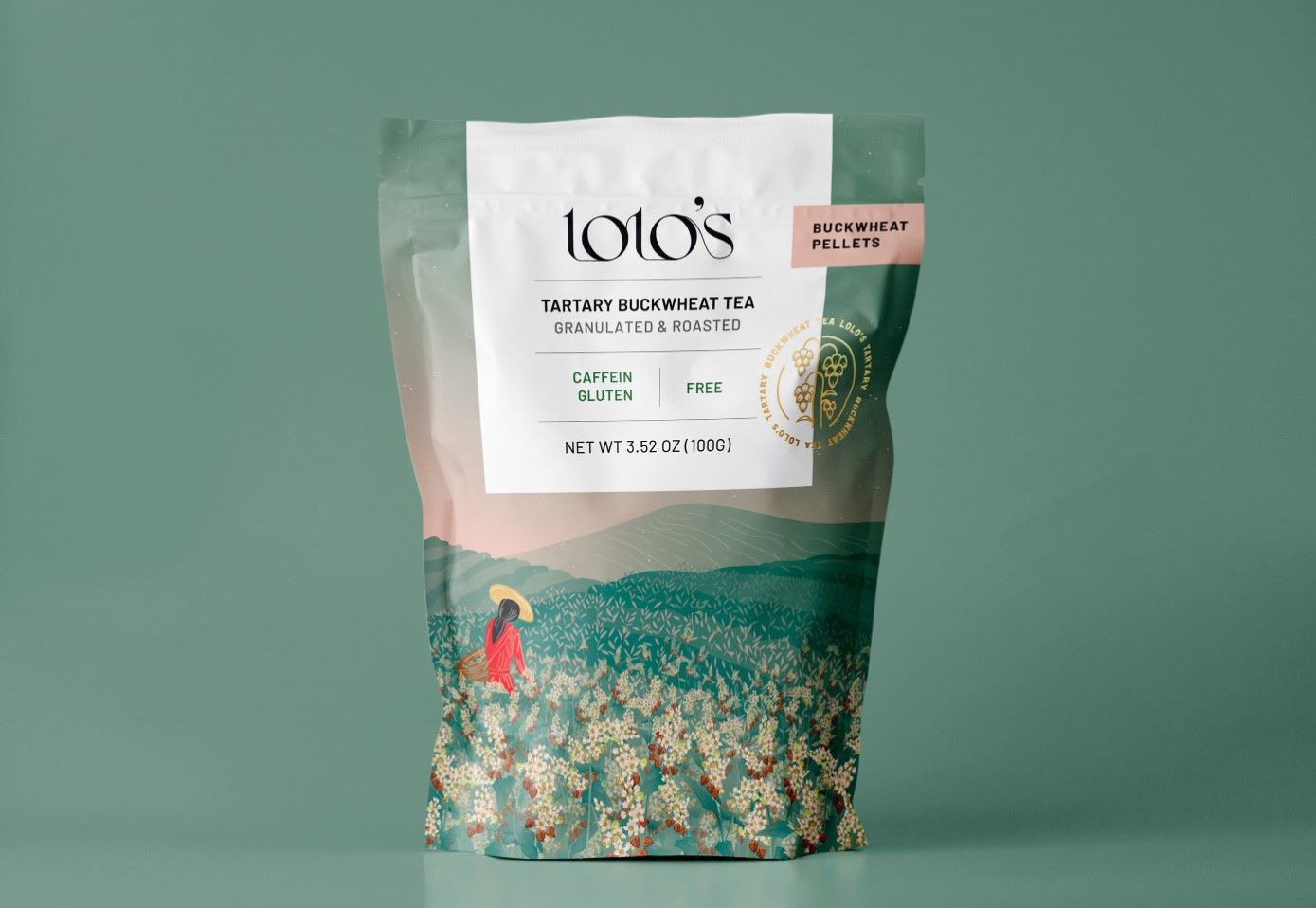
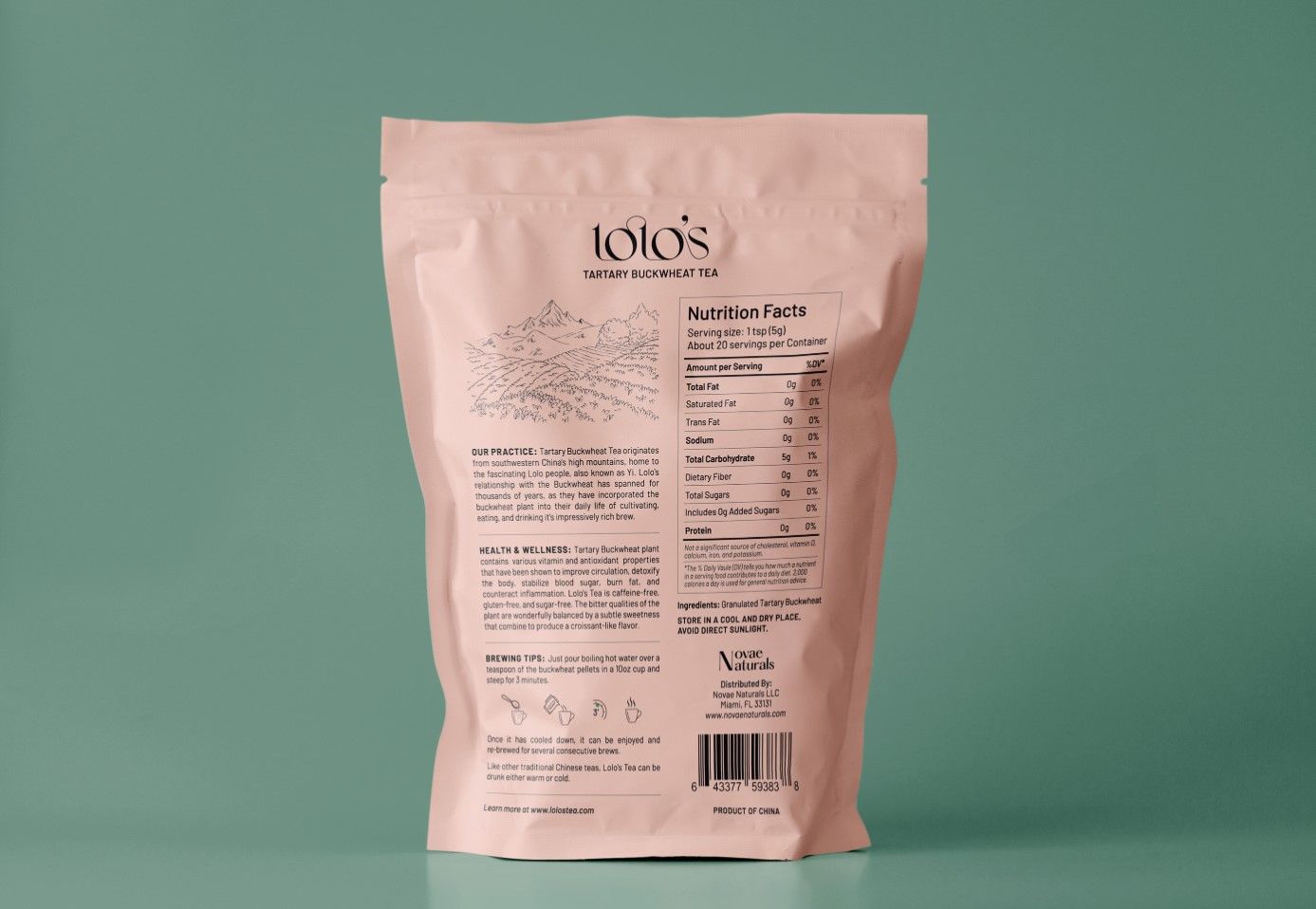
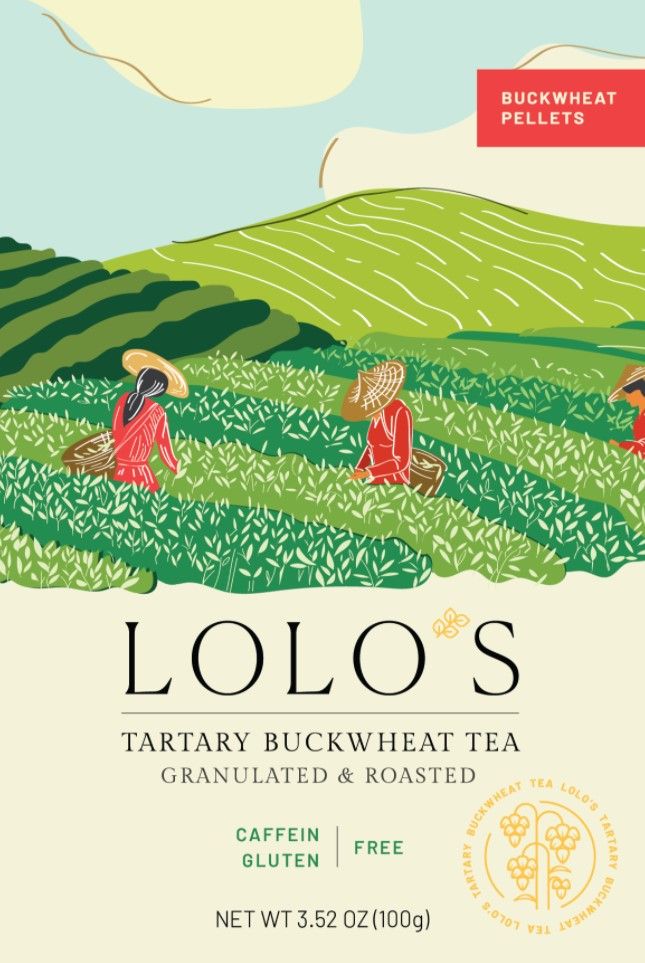
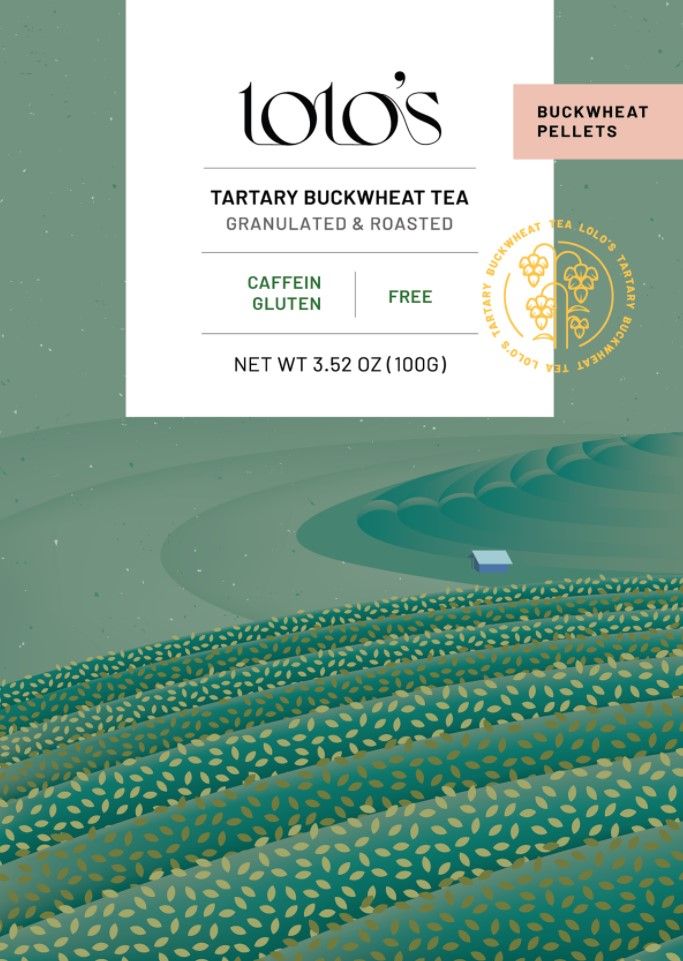
Kingprin | Shanghai, China
Rockid Hu
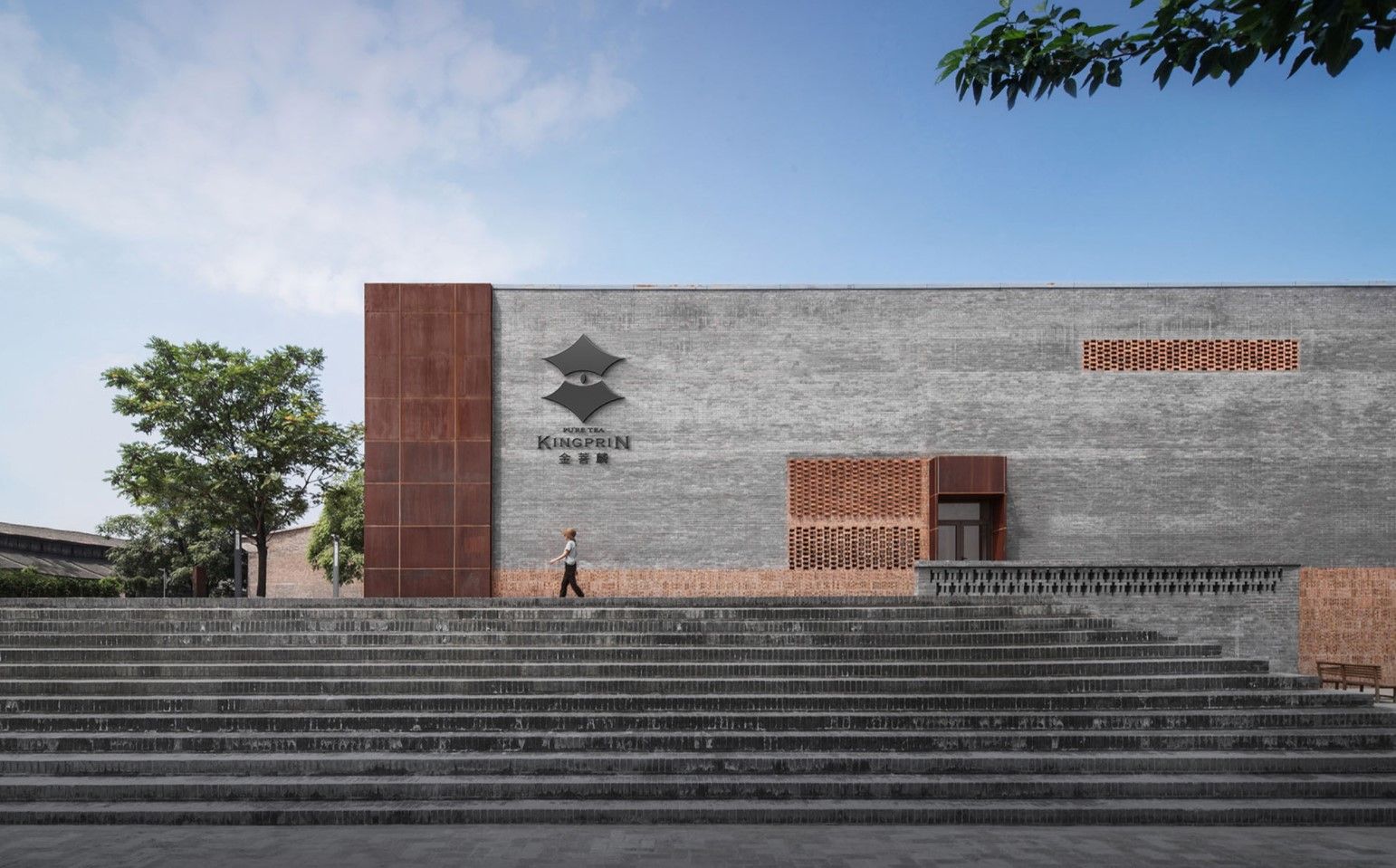
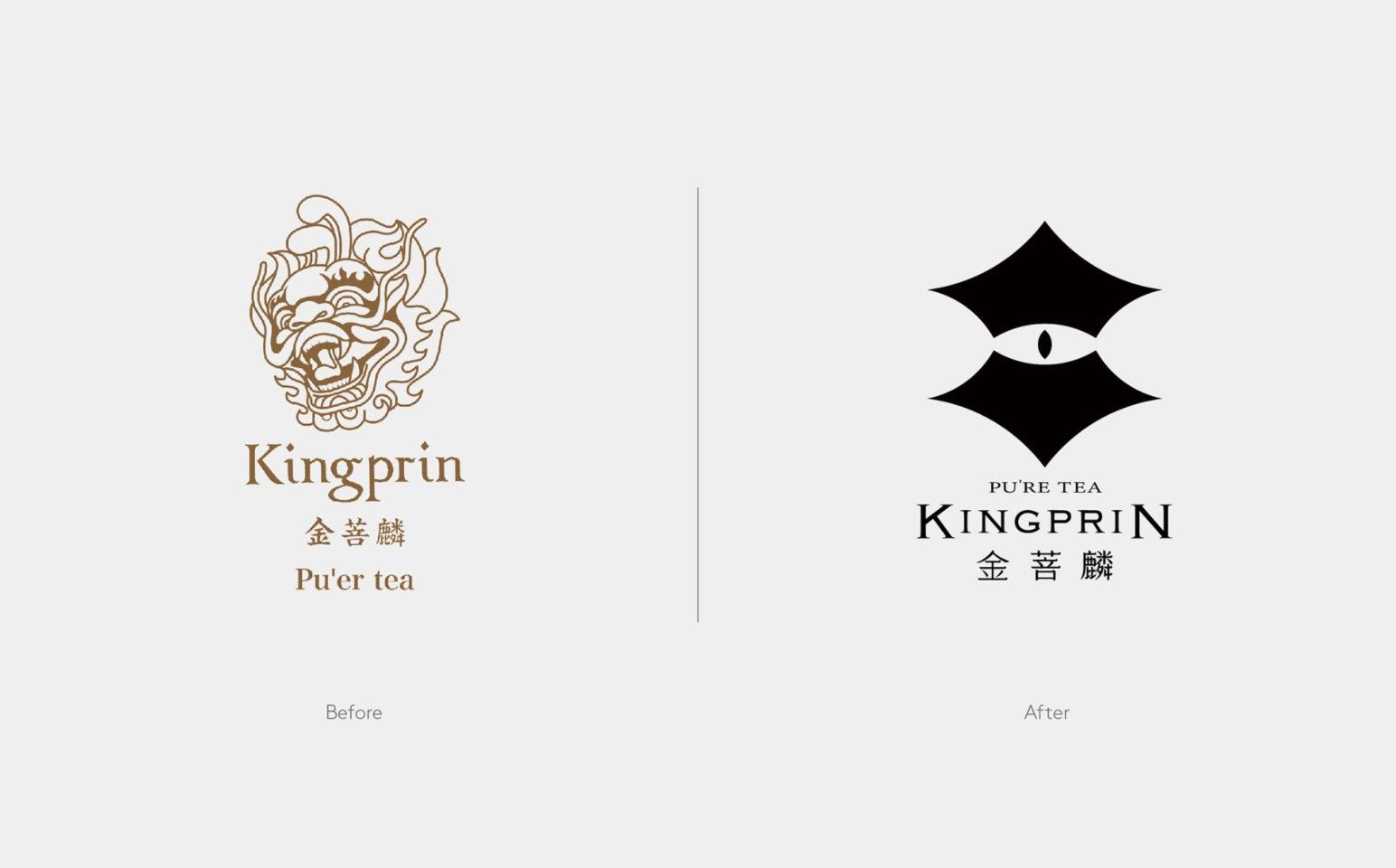
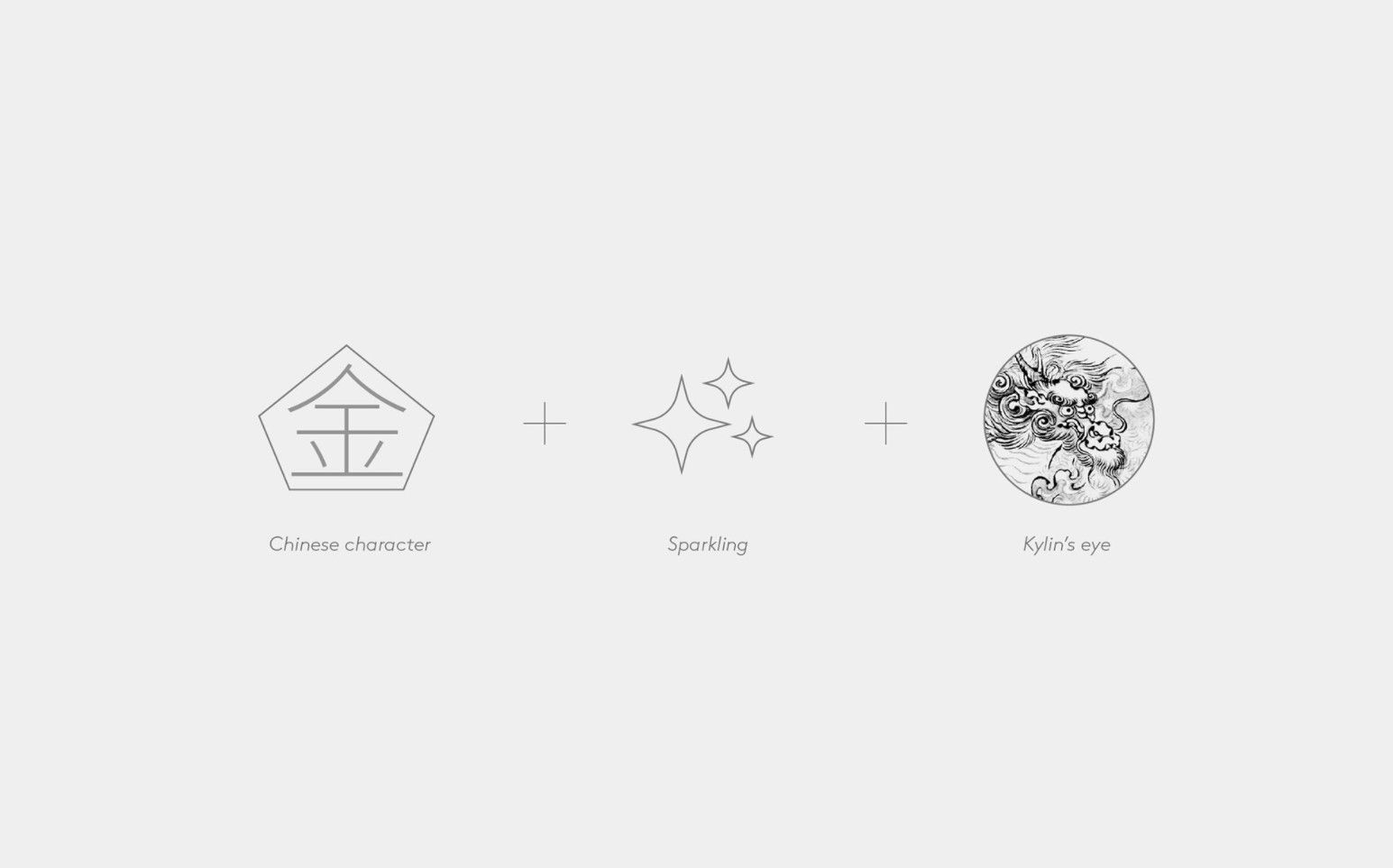





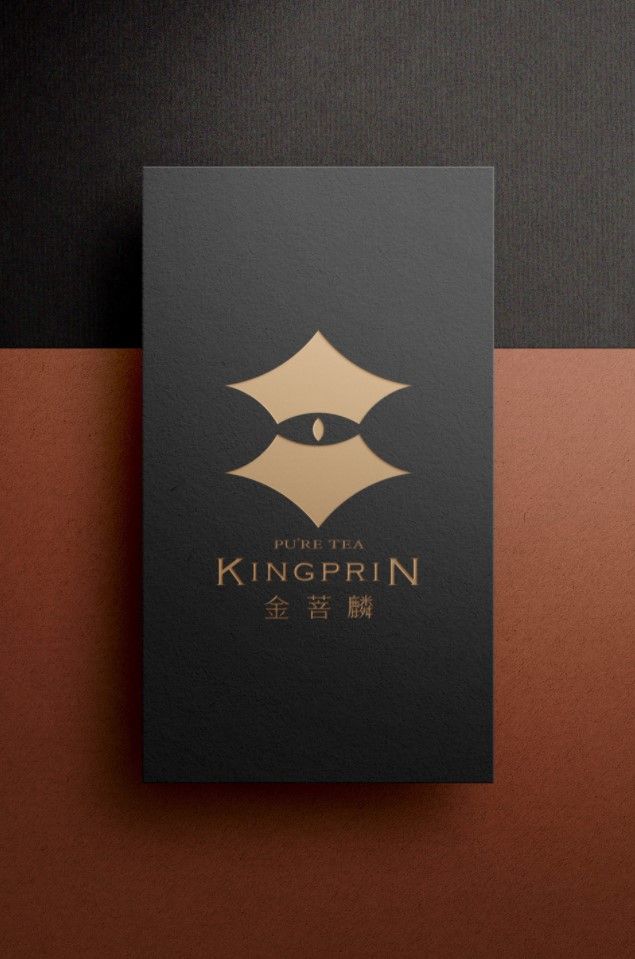

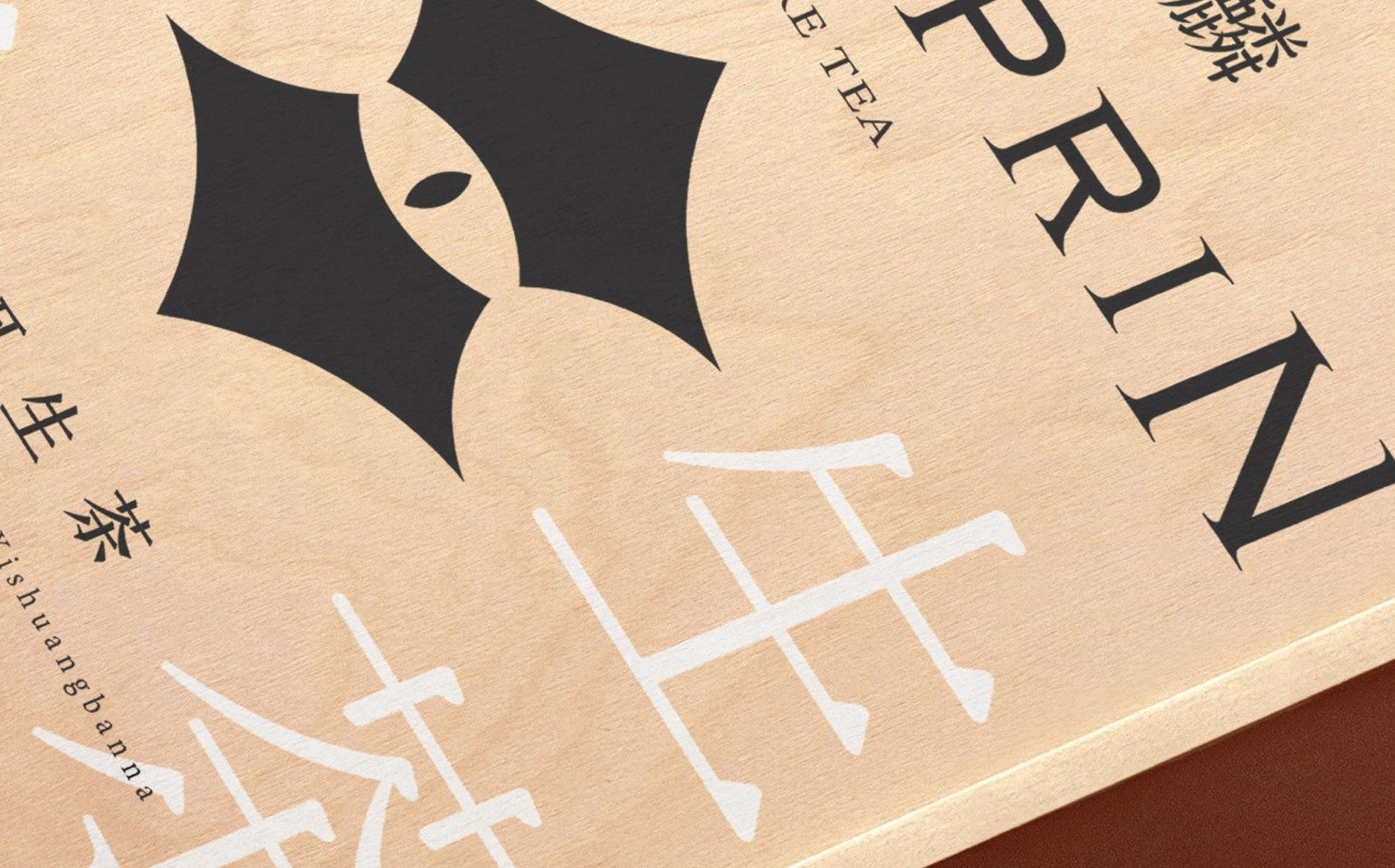
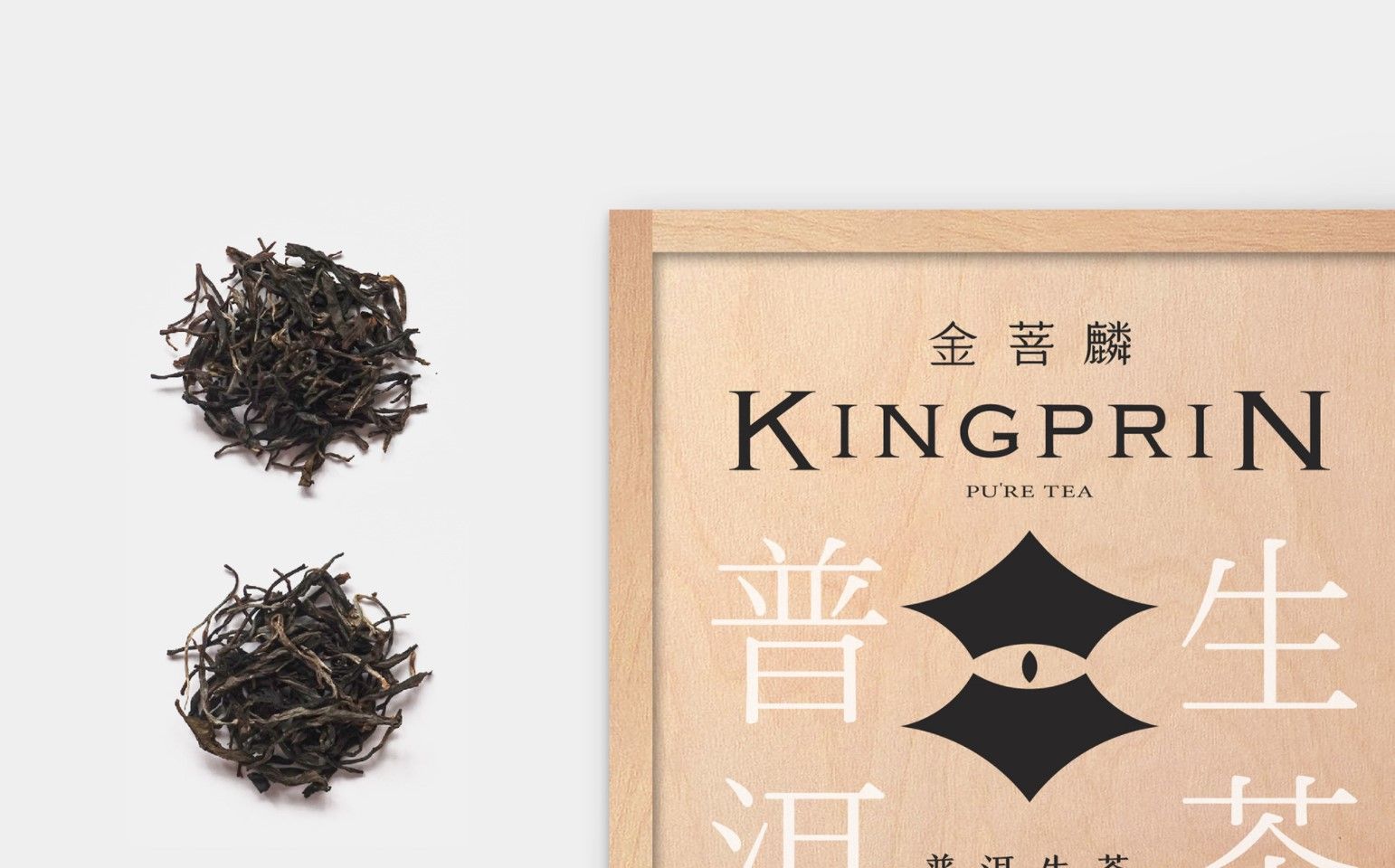

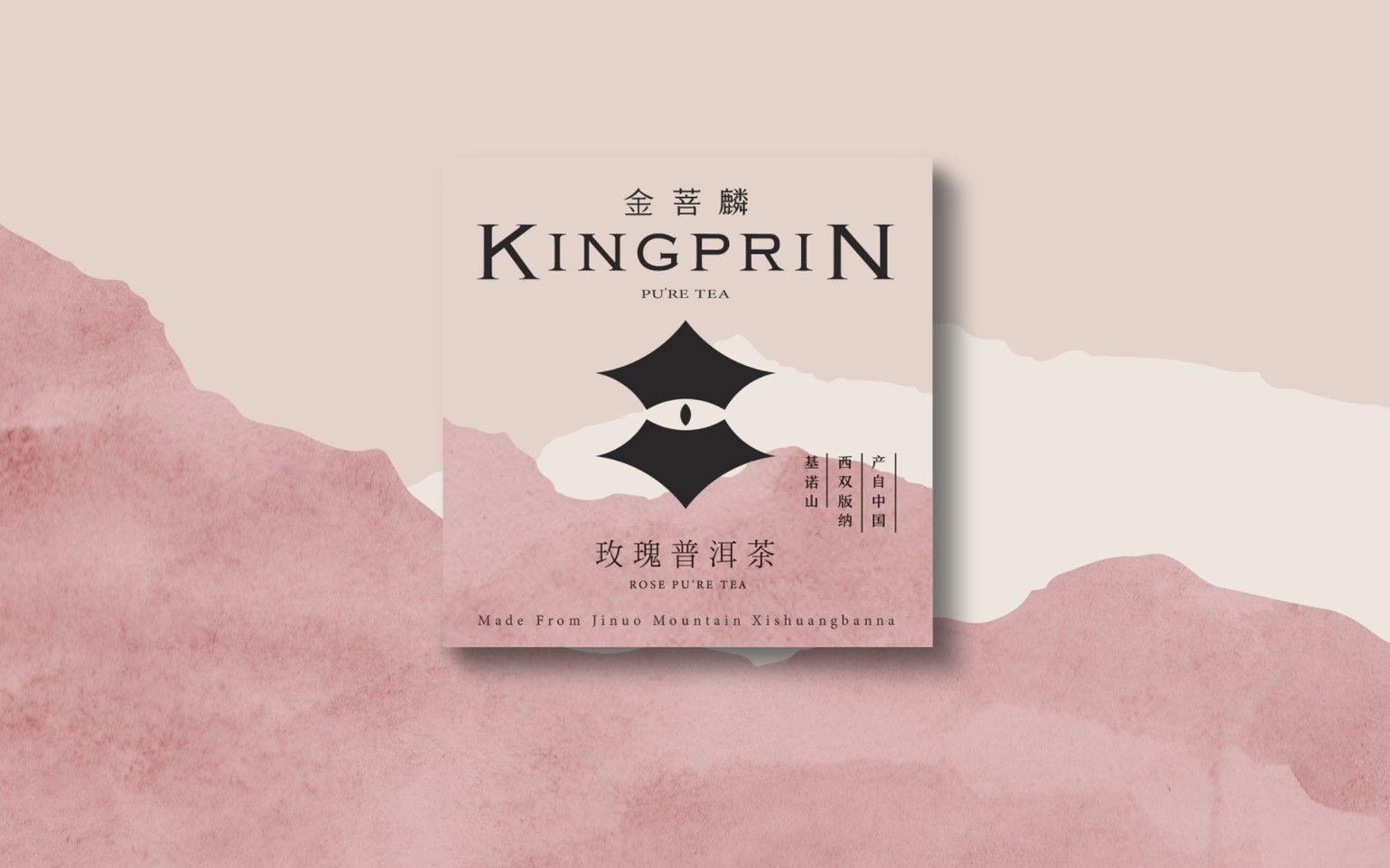
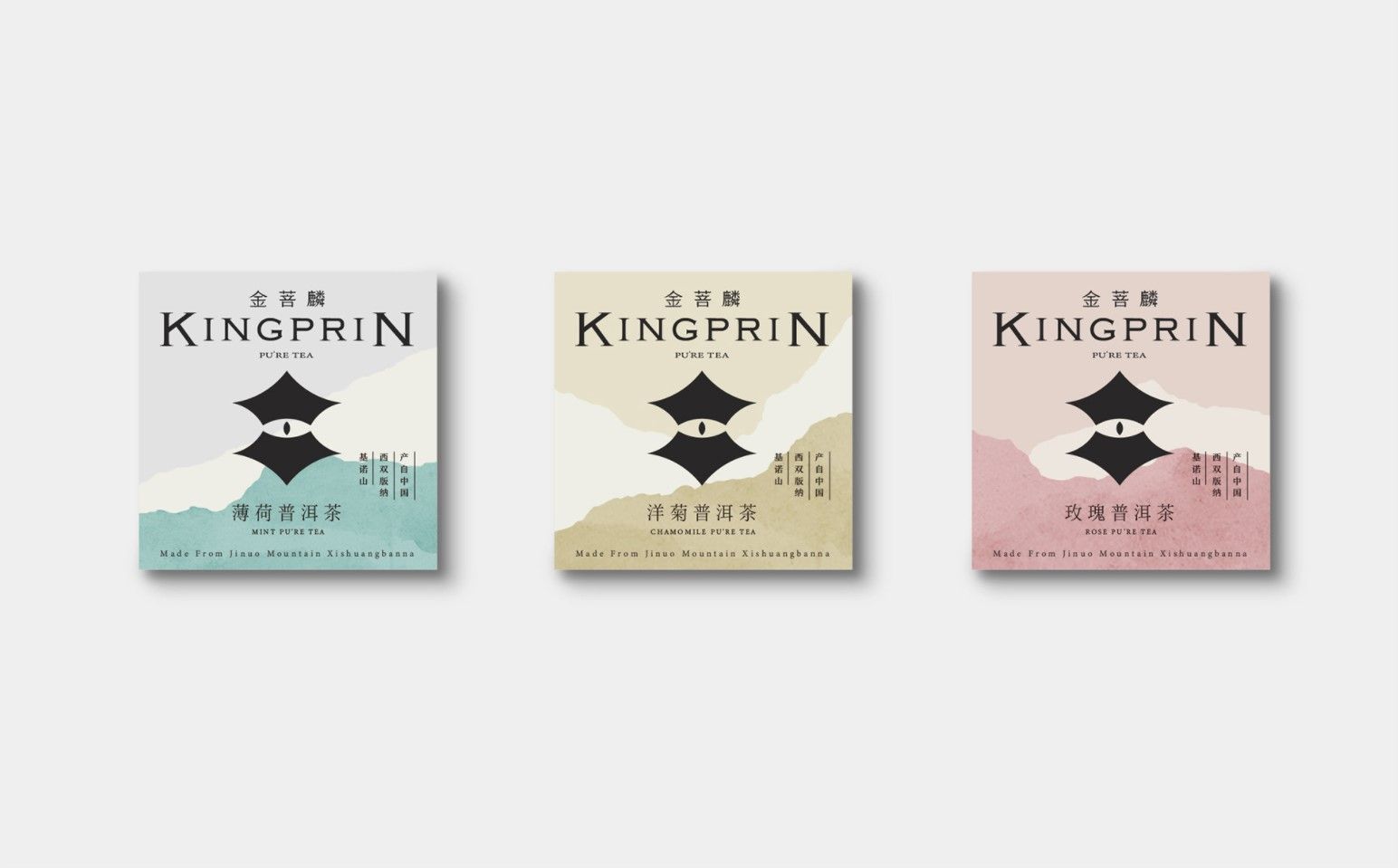
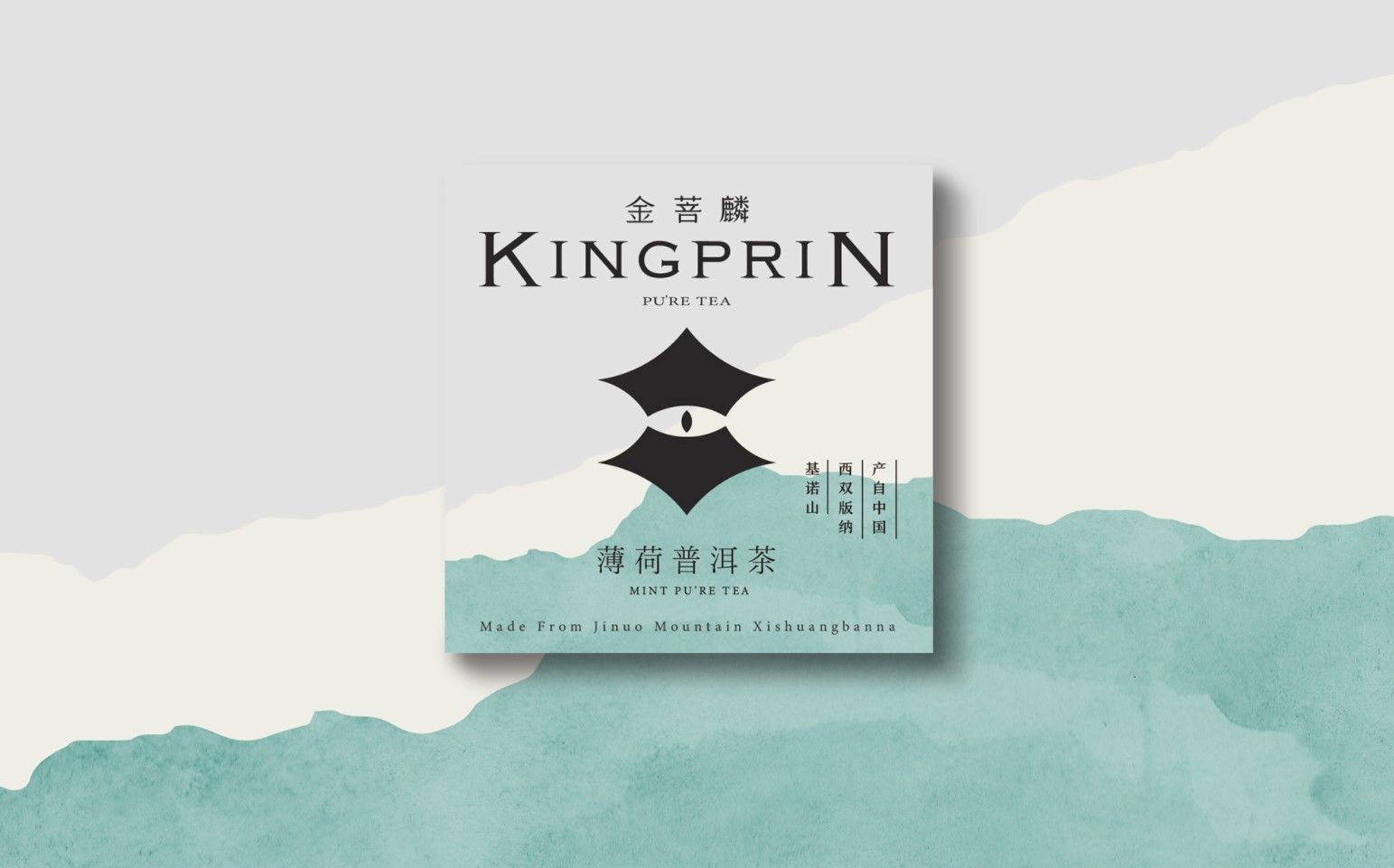
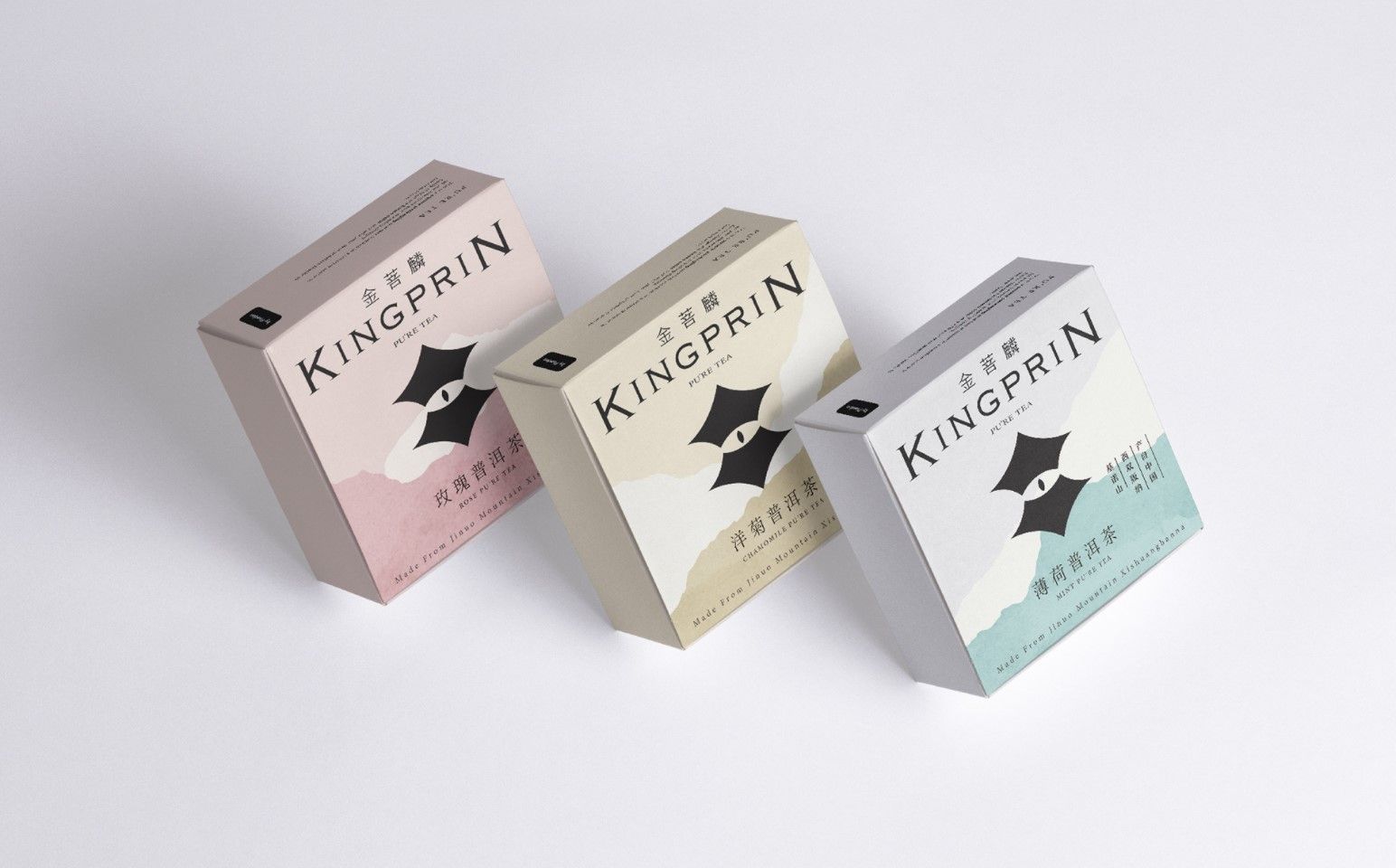
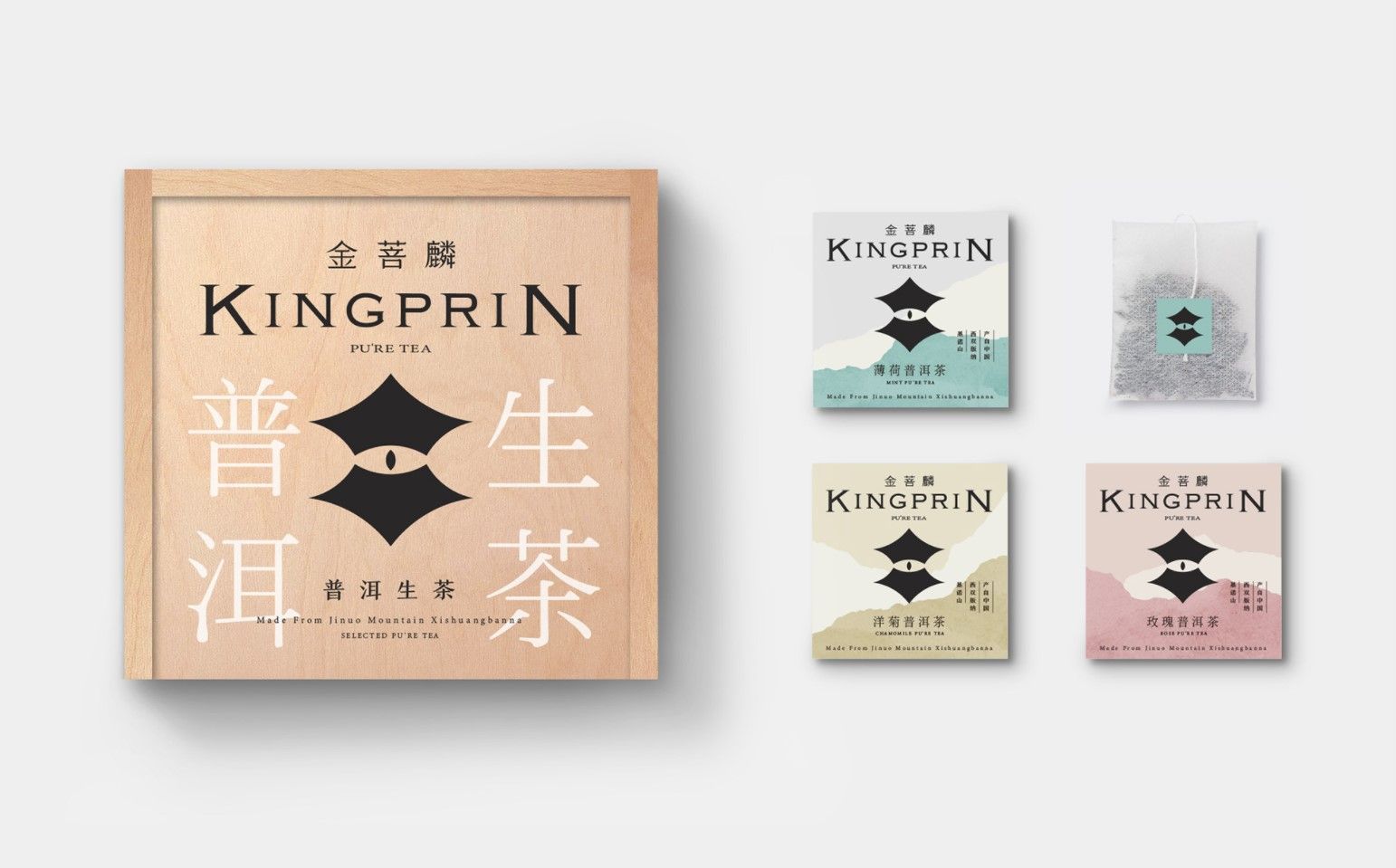
Lantea — Exclusive Quality | Baku, Azerbaijan
Rasul Hasan

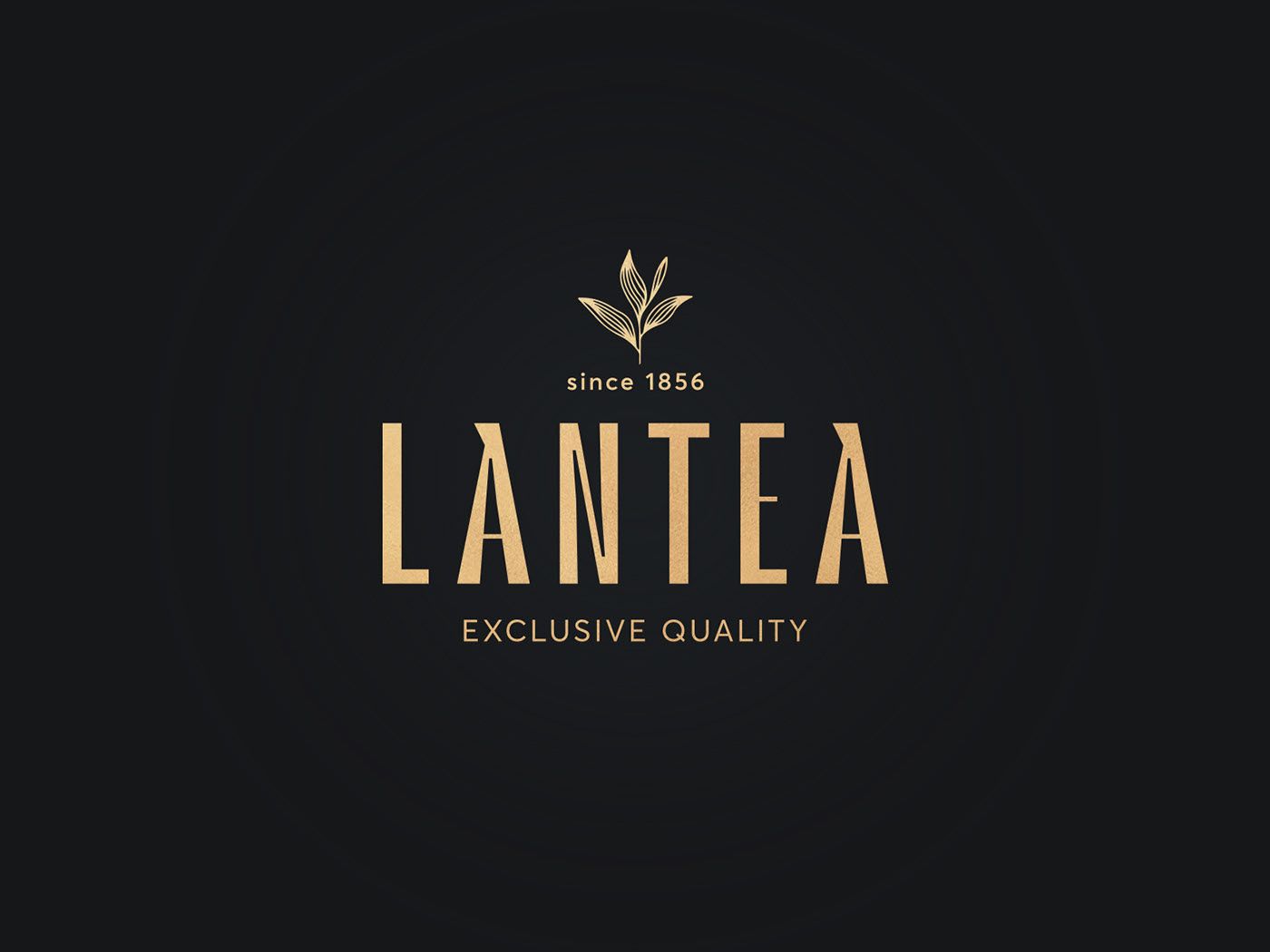
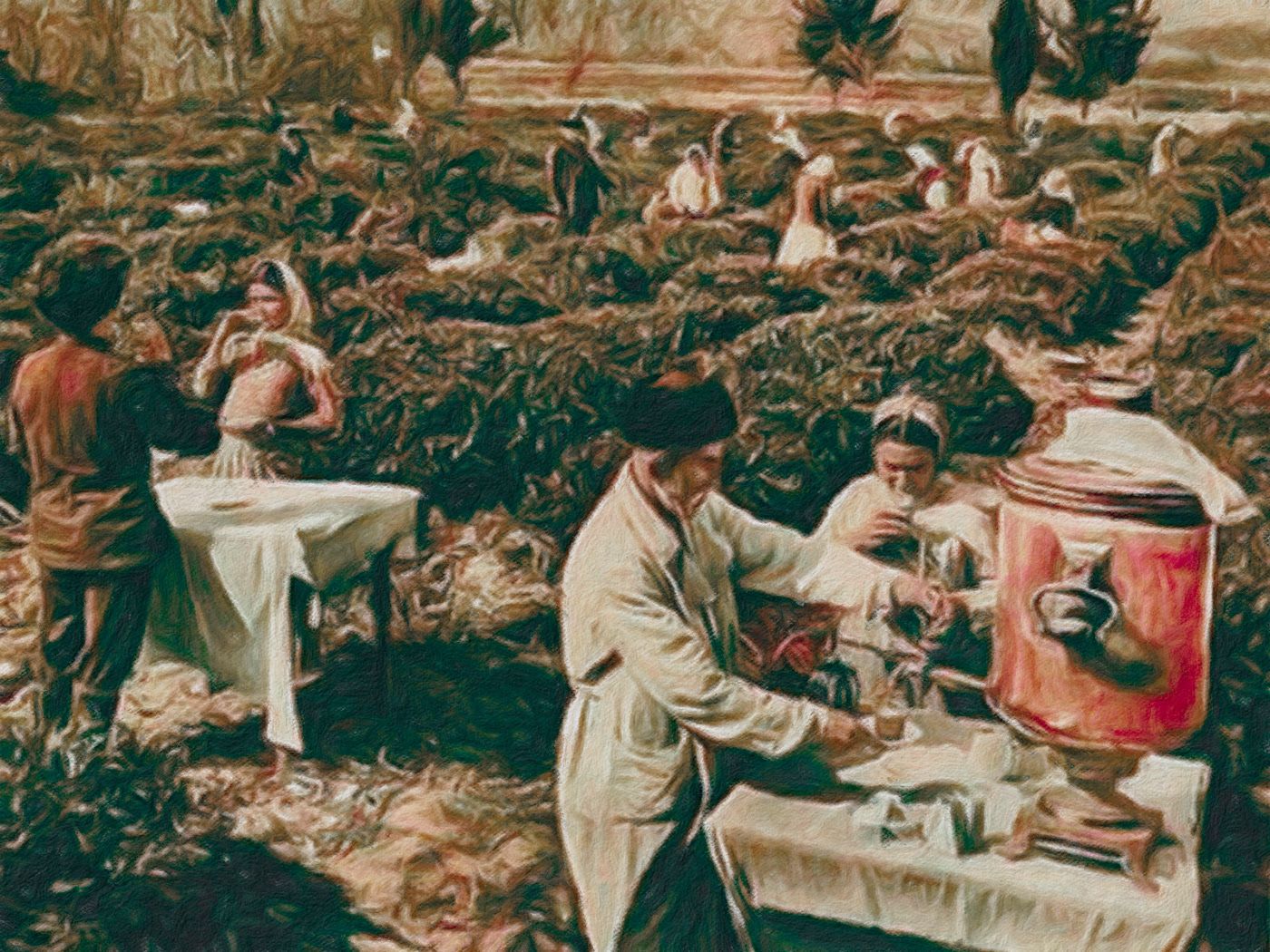
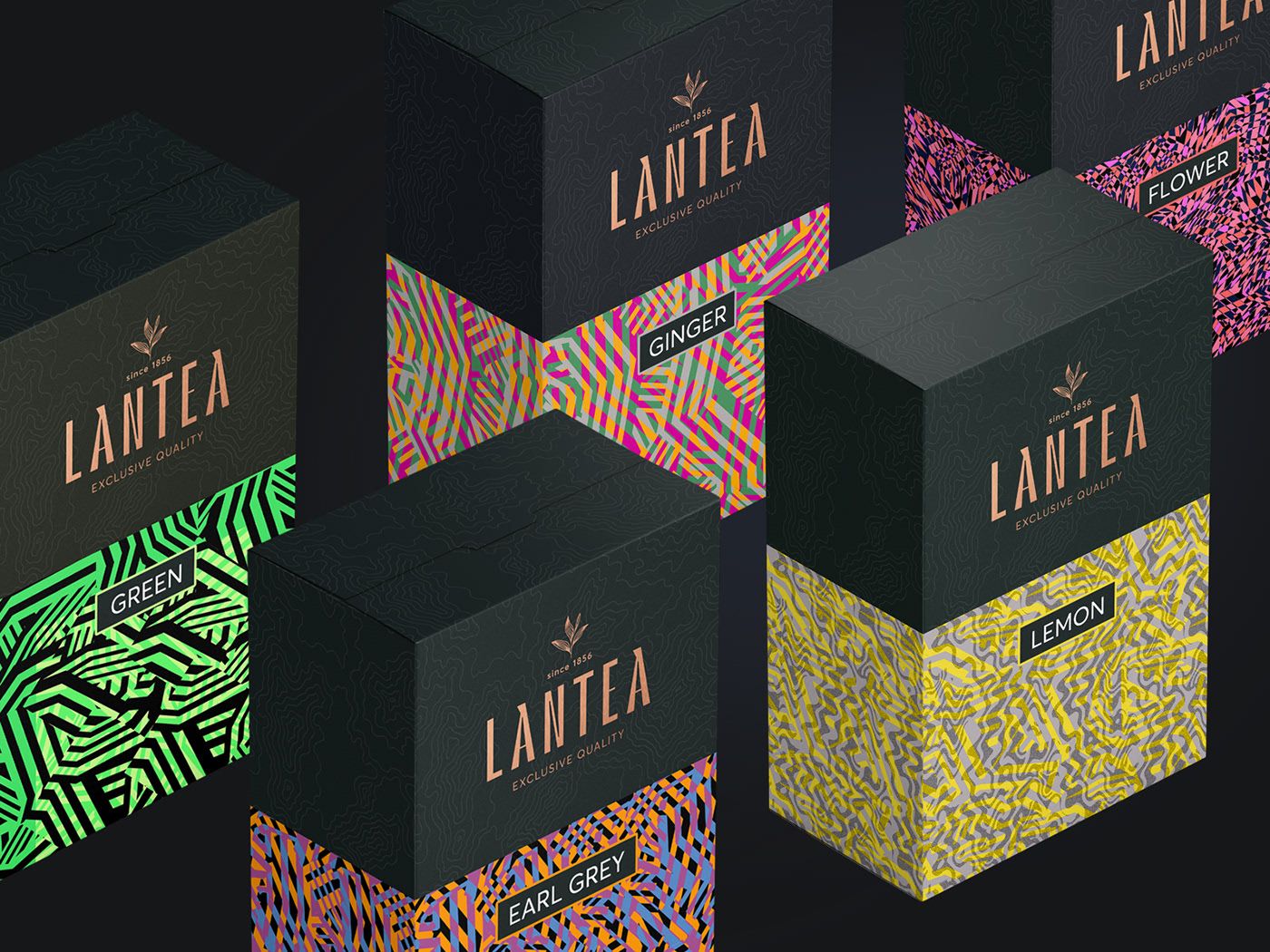
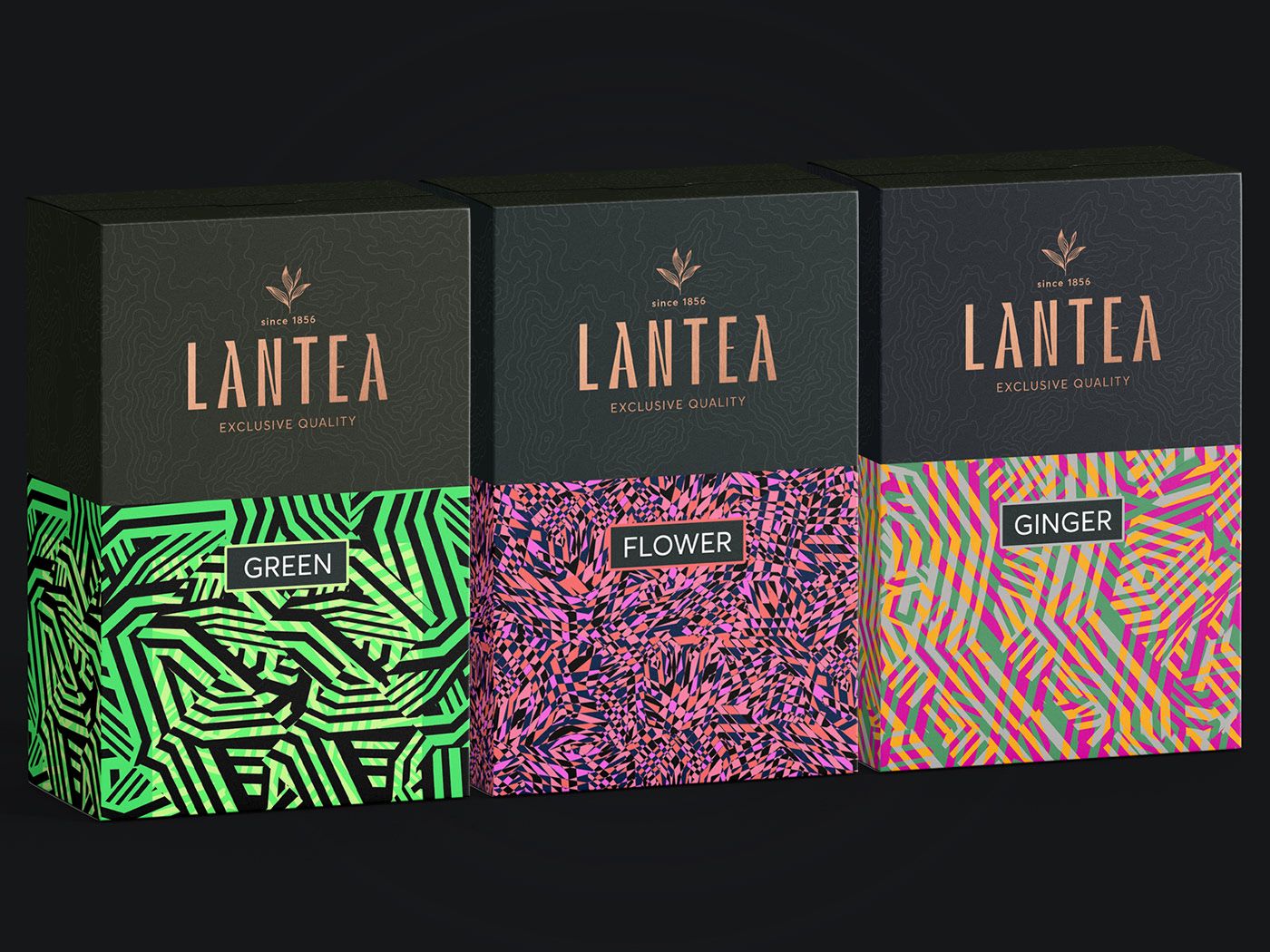



Contemporary artworks on iconic Levi’s® Trucker jackets

Iconic buildings of Budapest through the eyes of a graphic designer | Evelin Dankó










